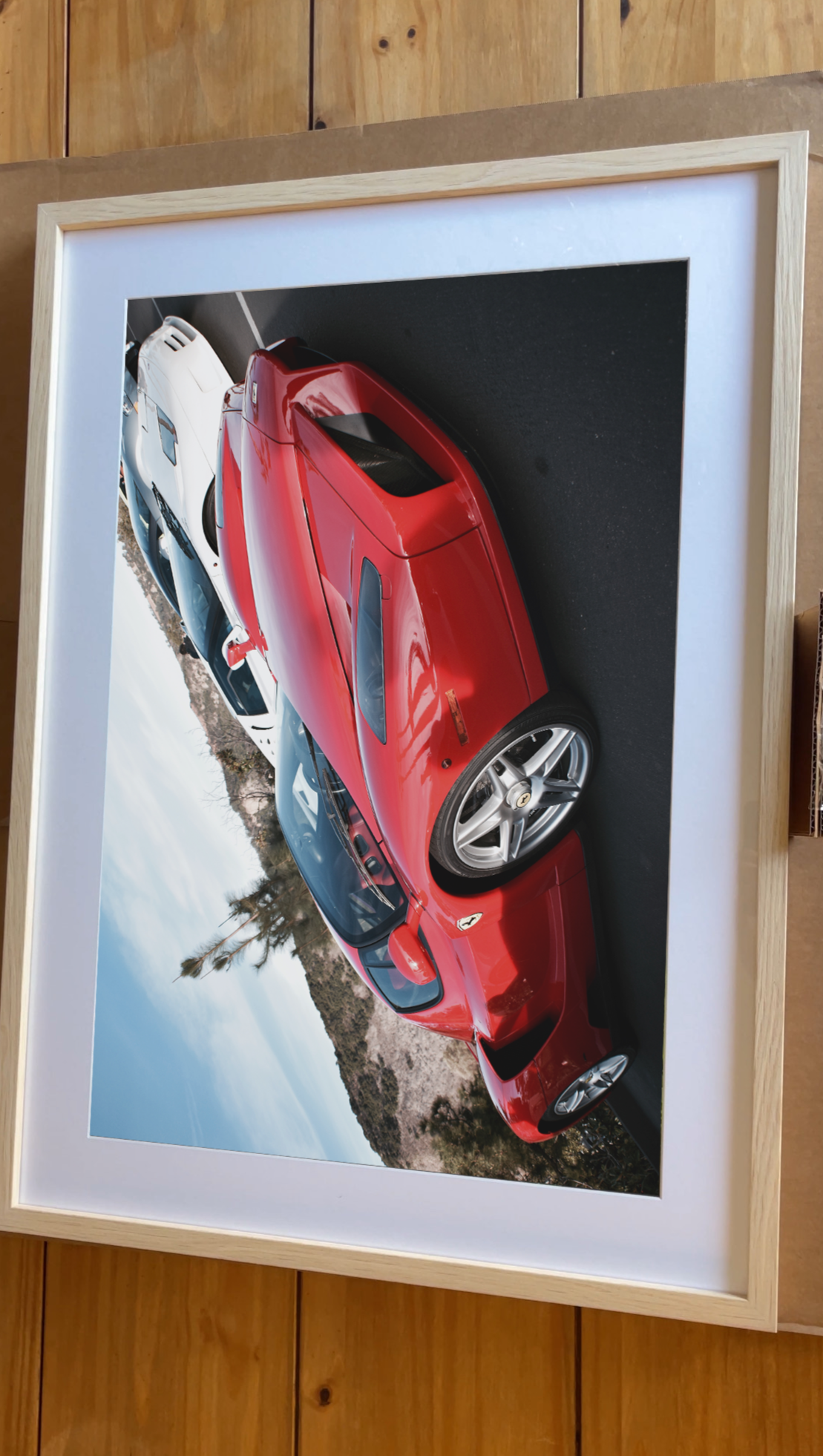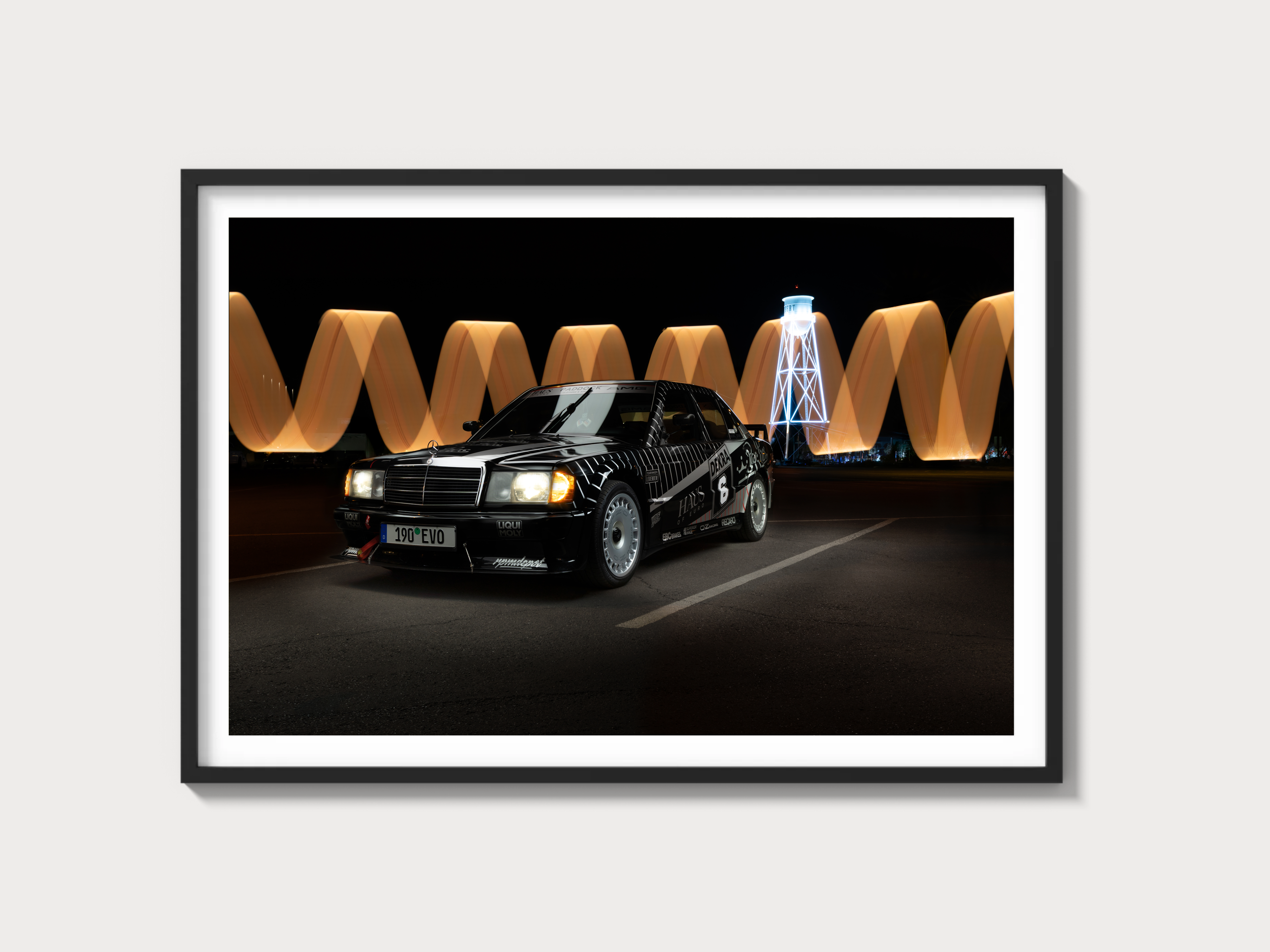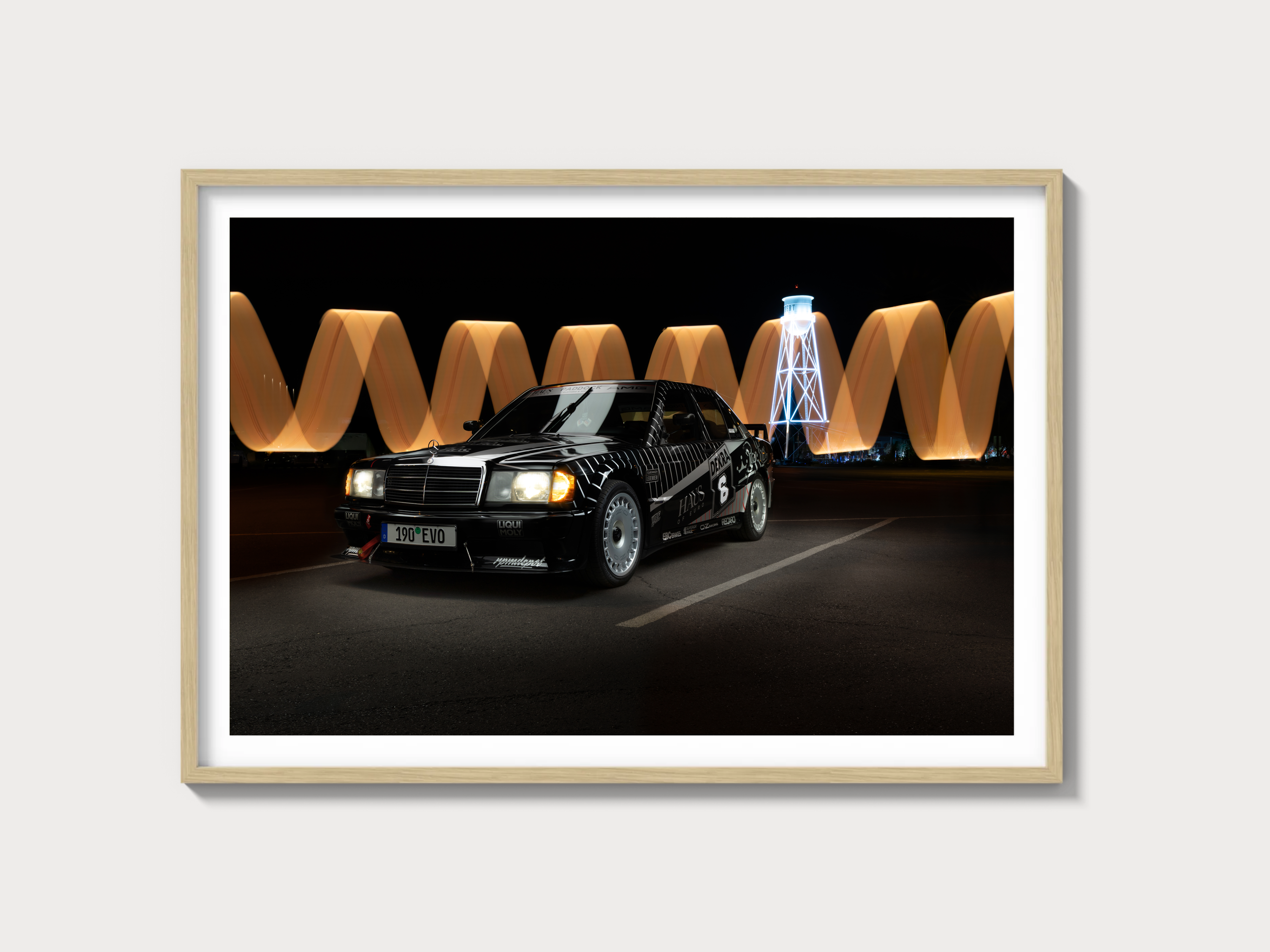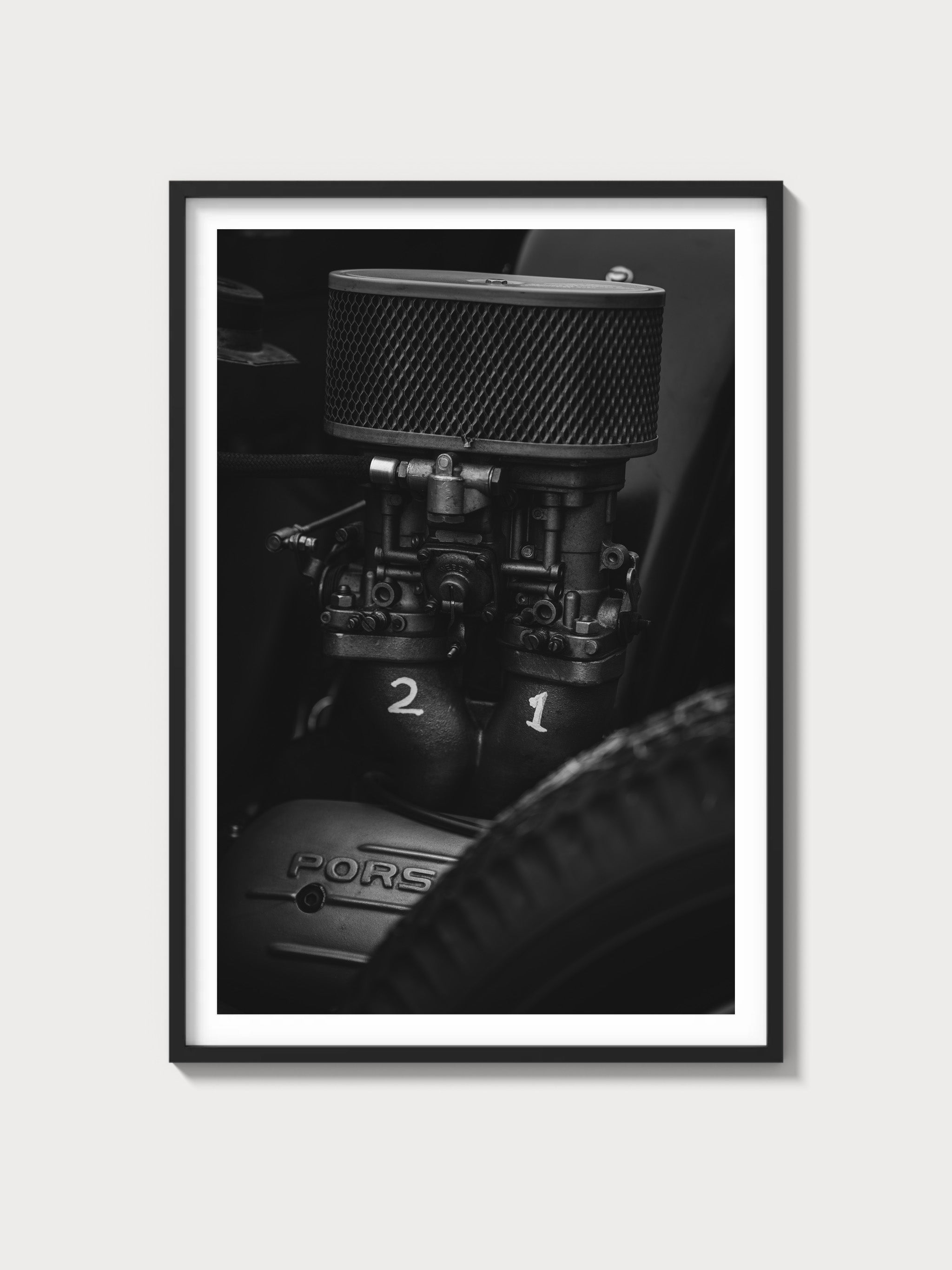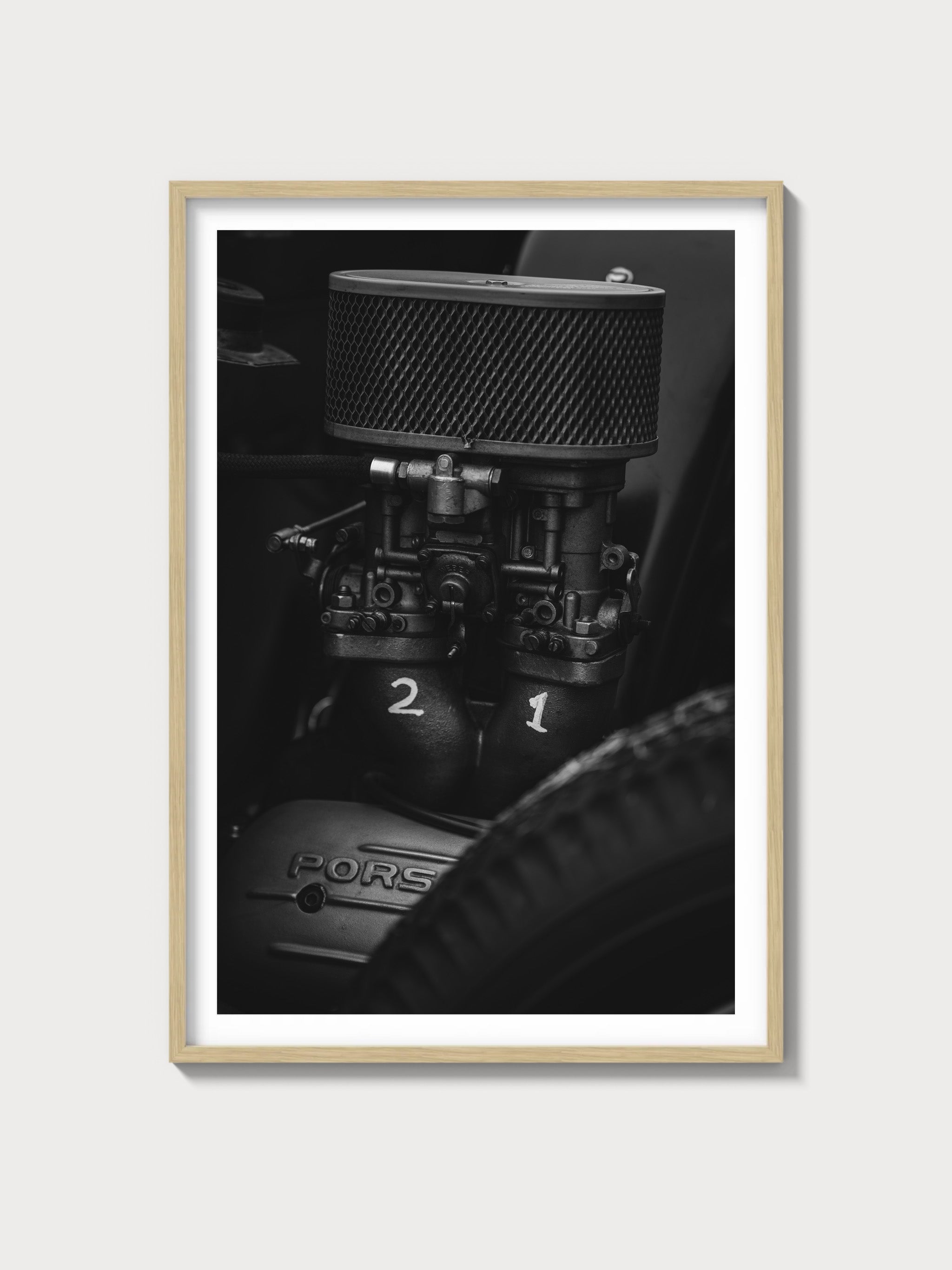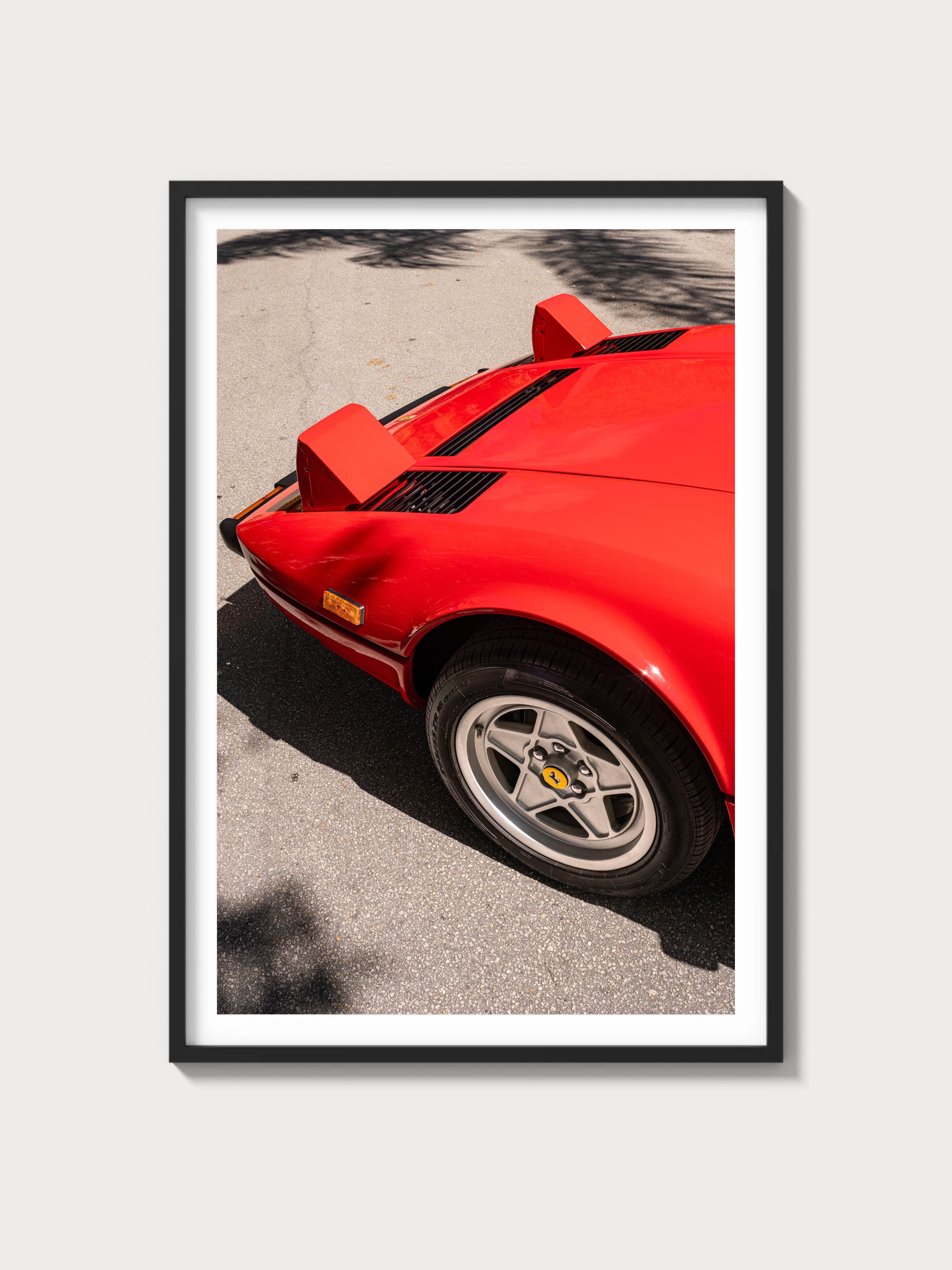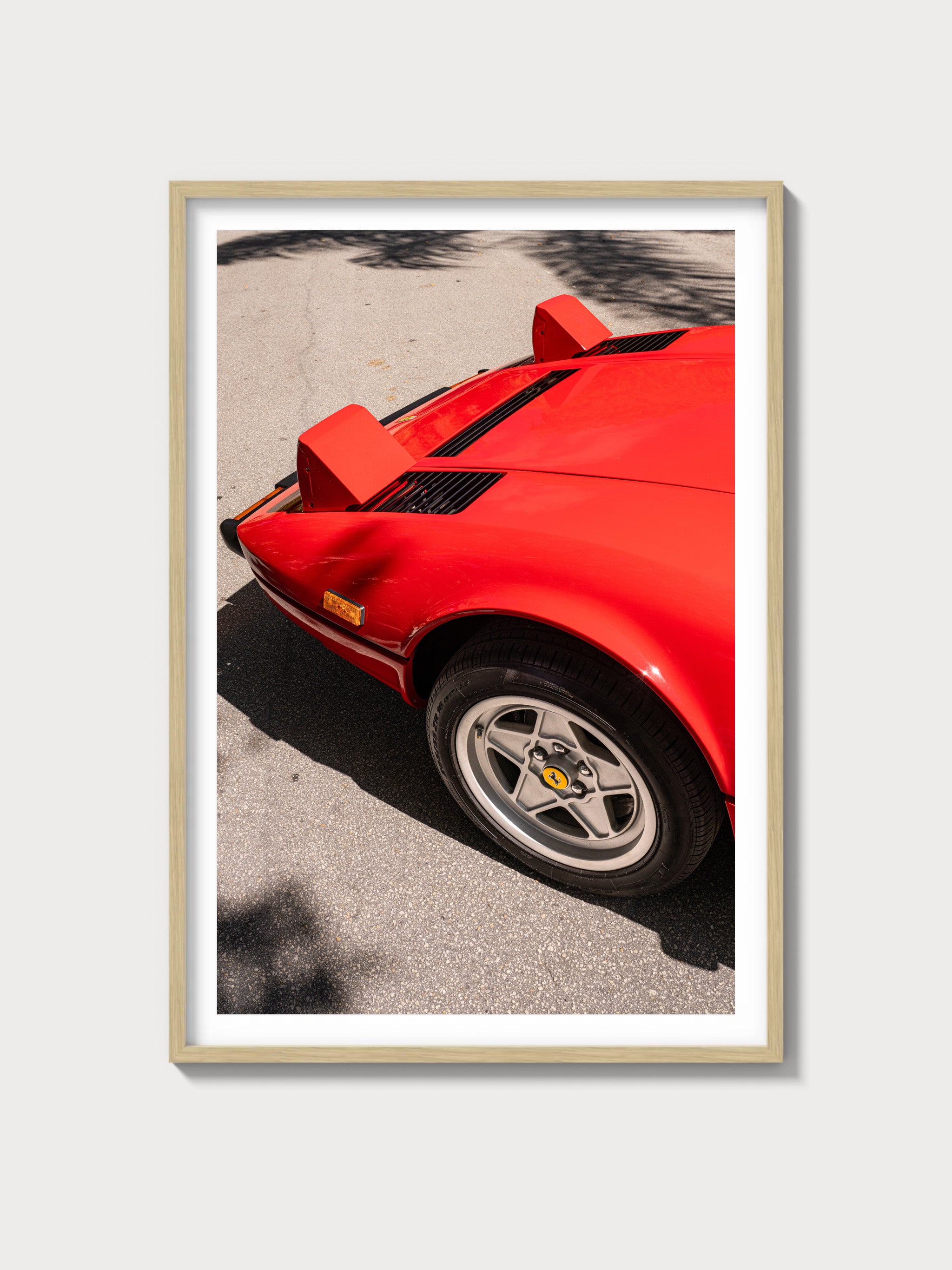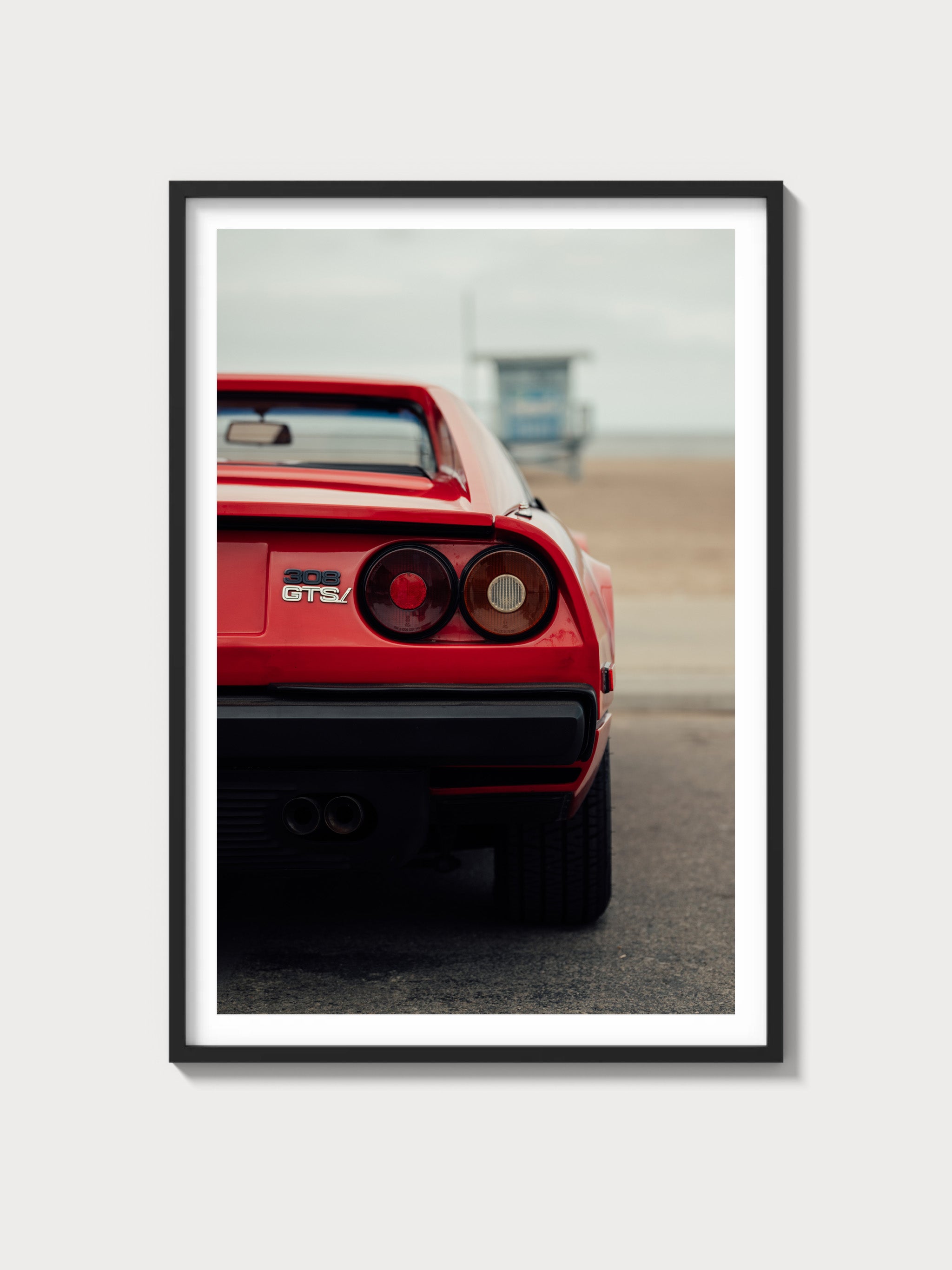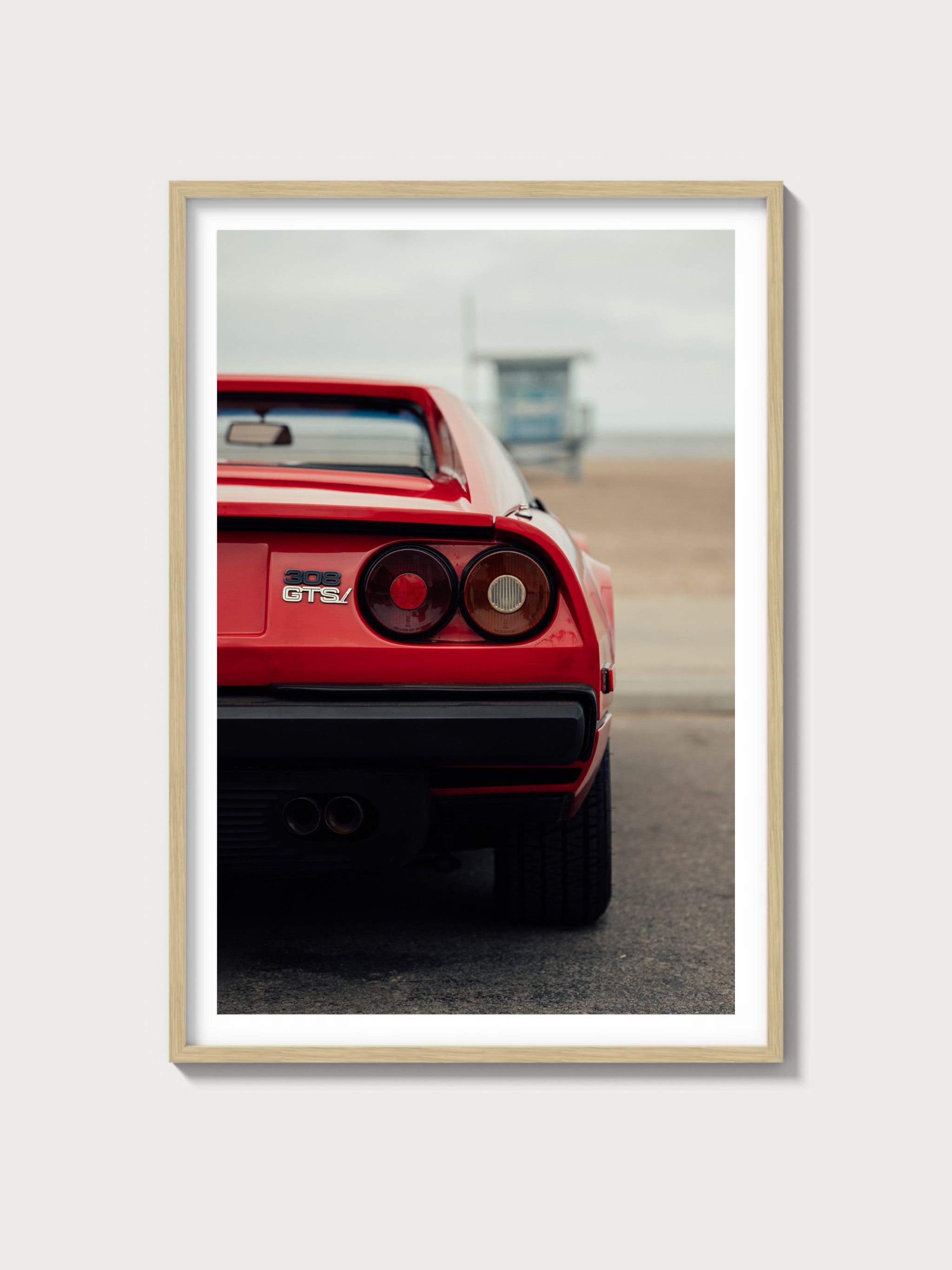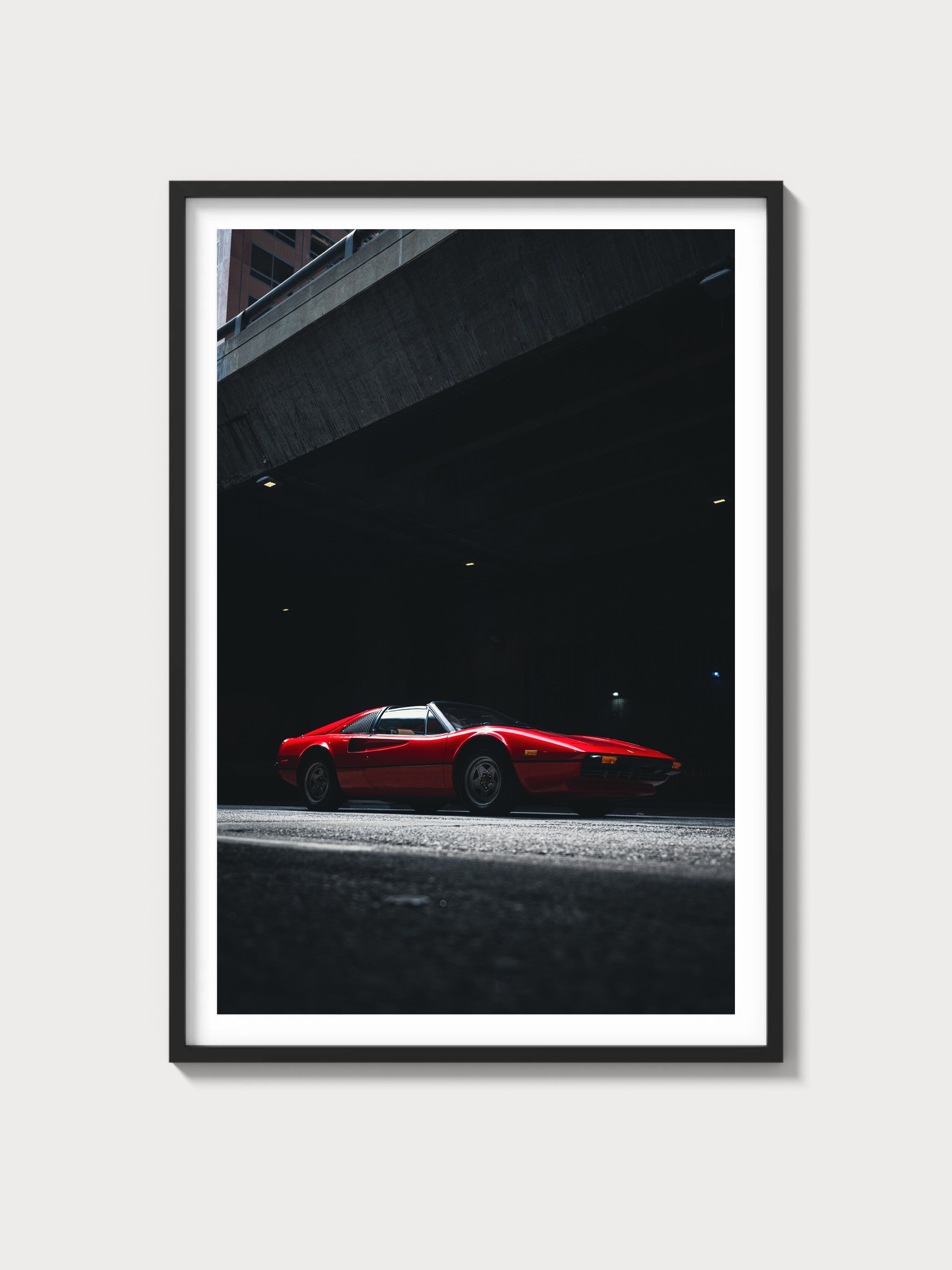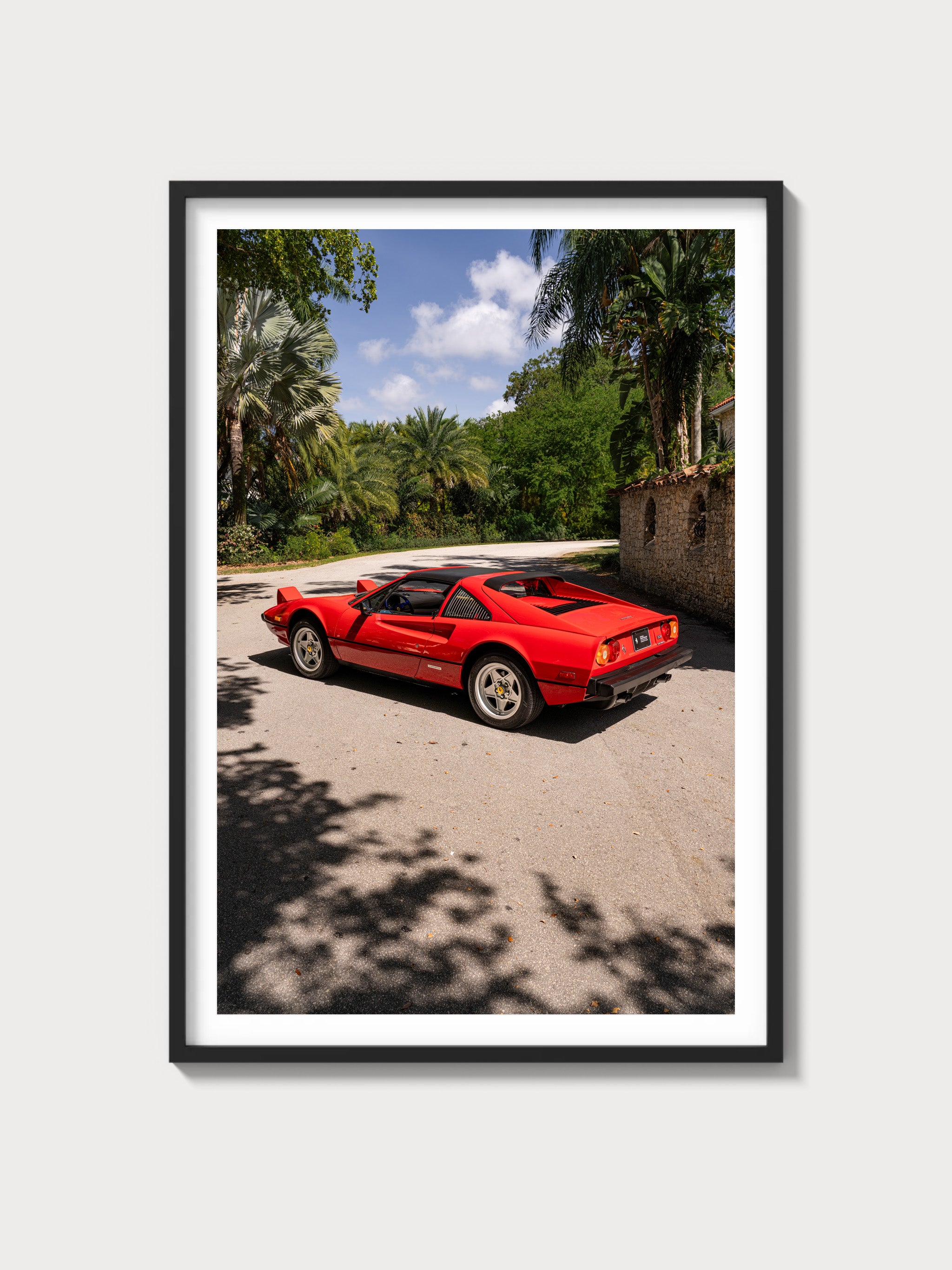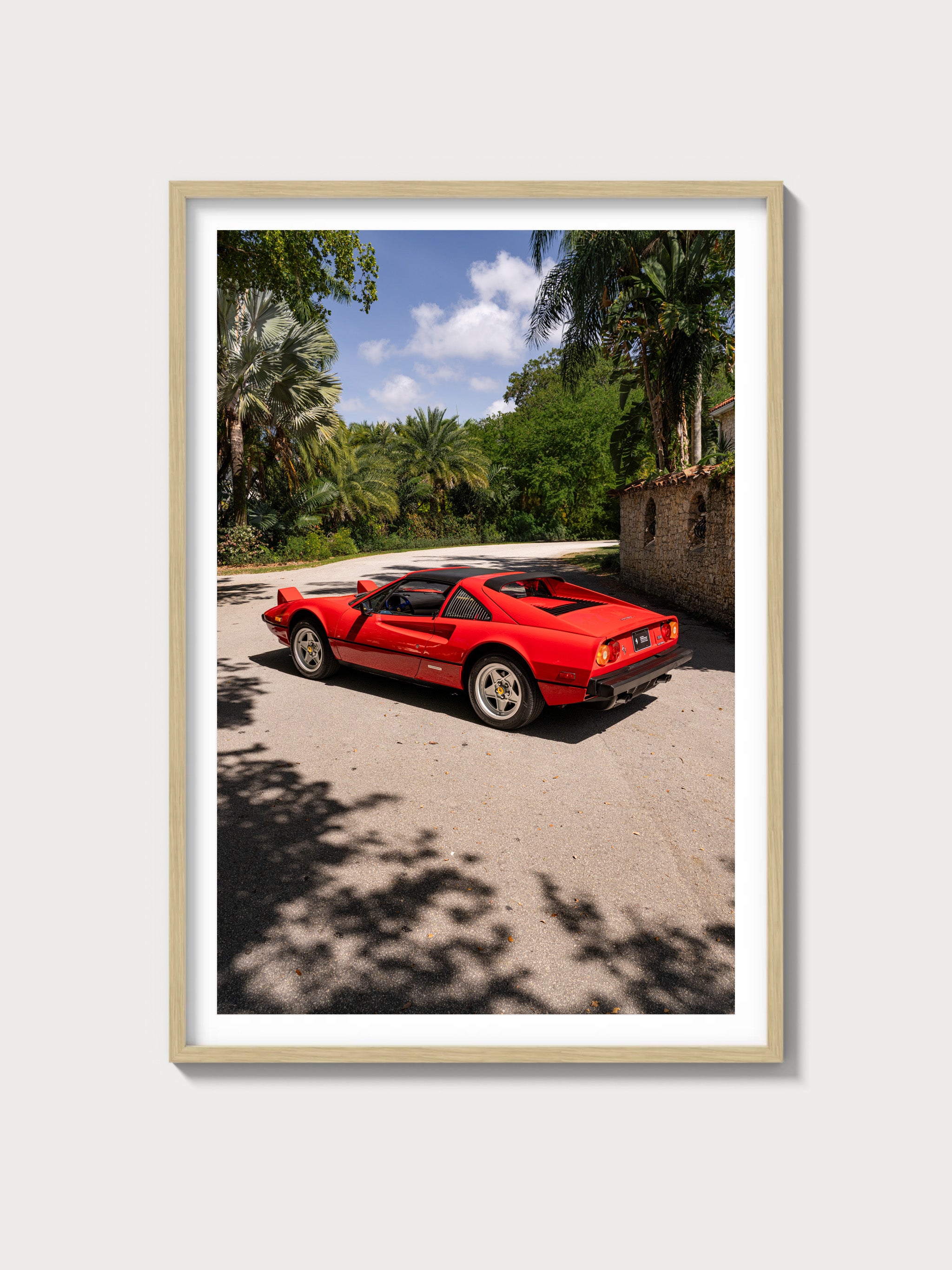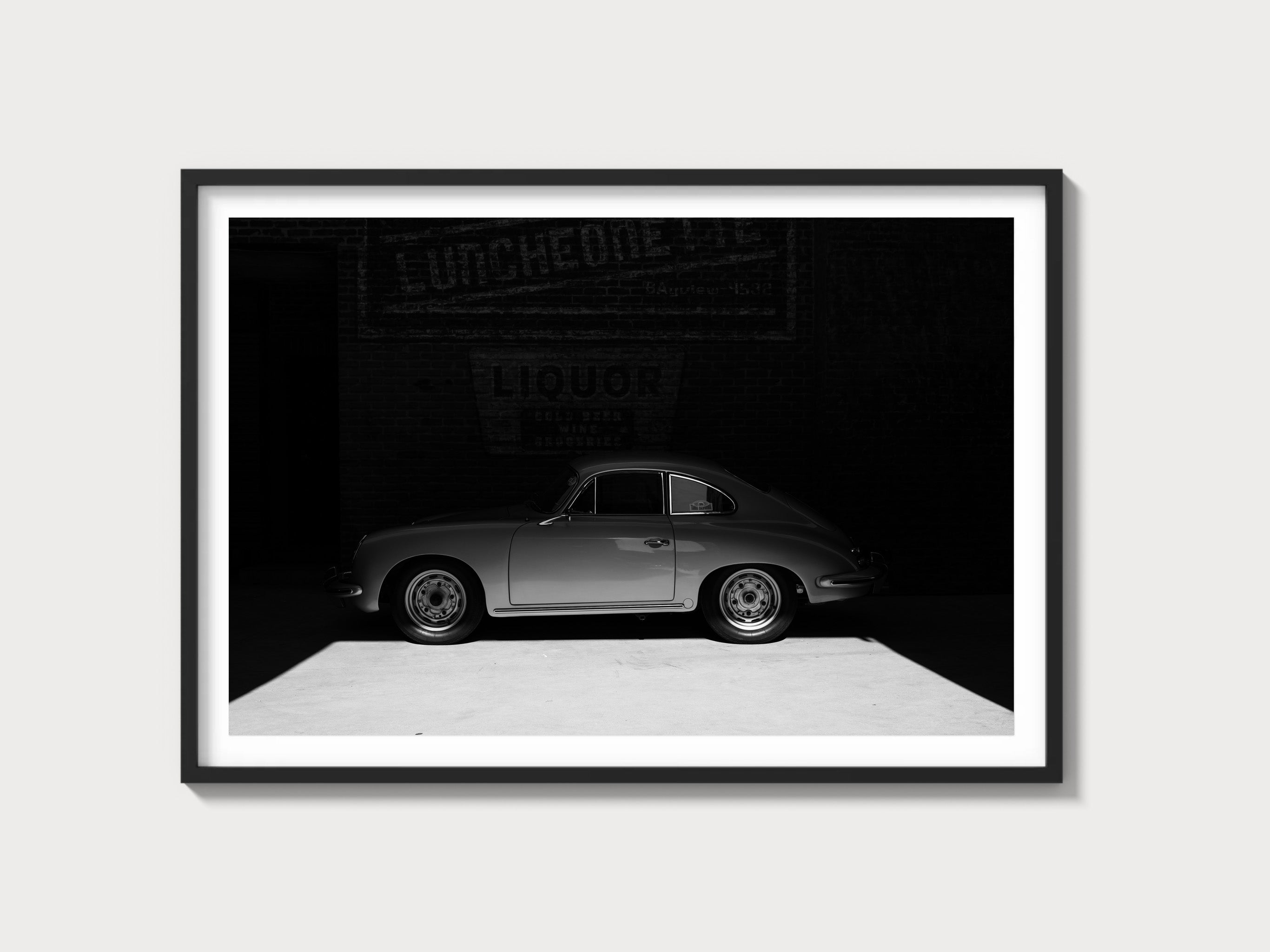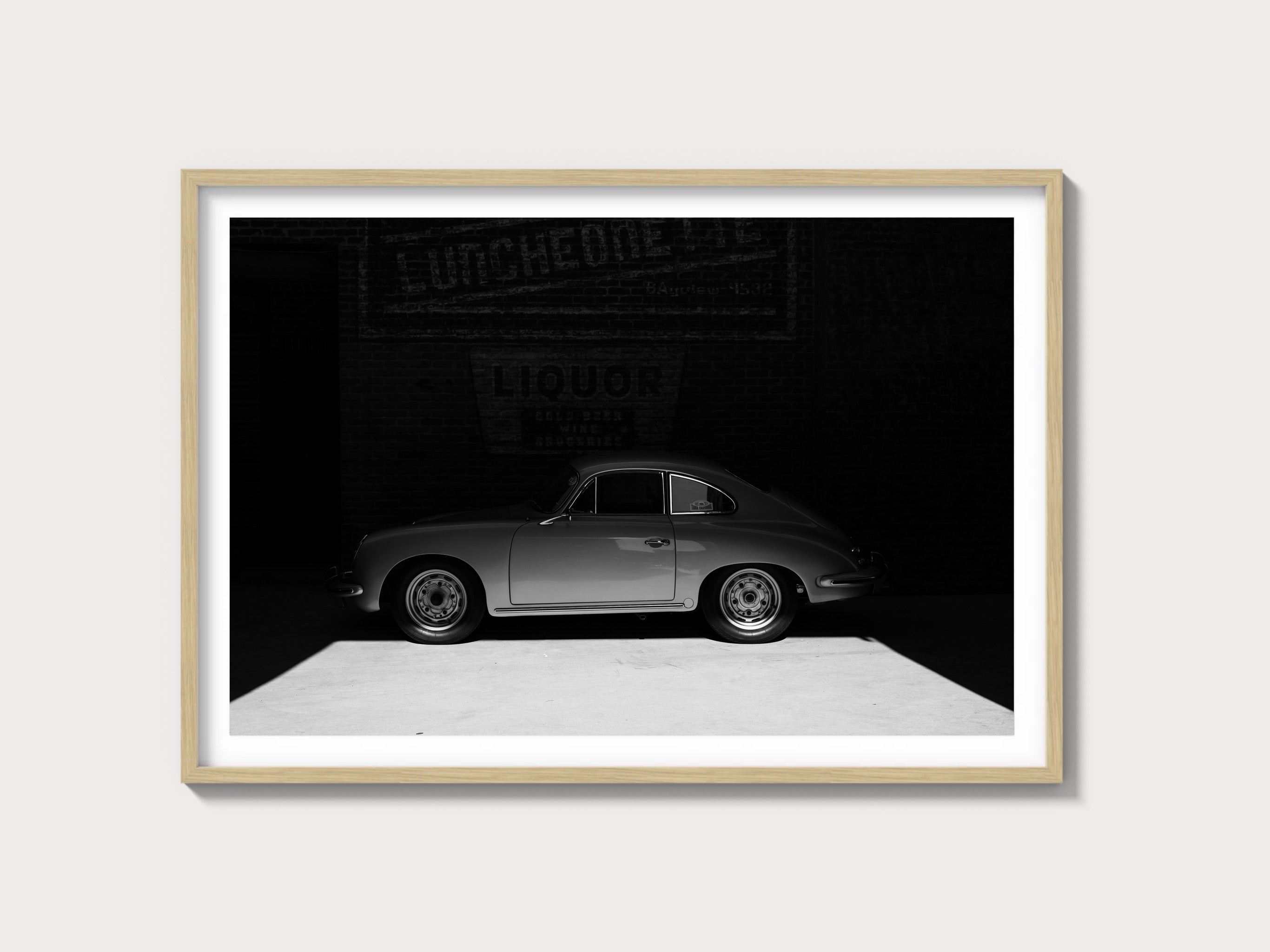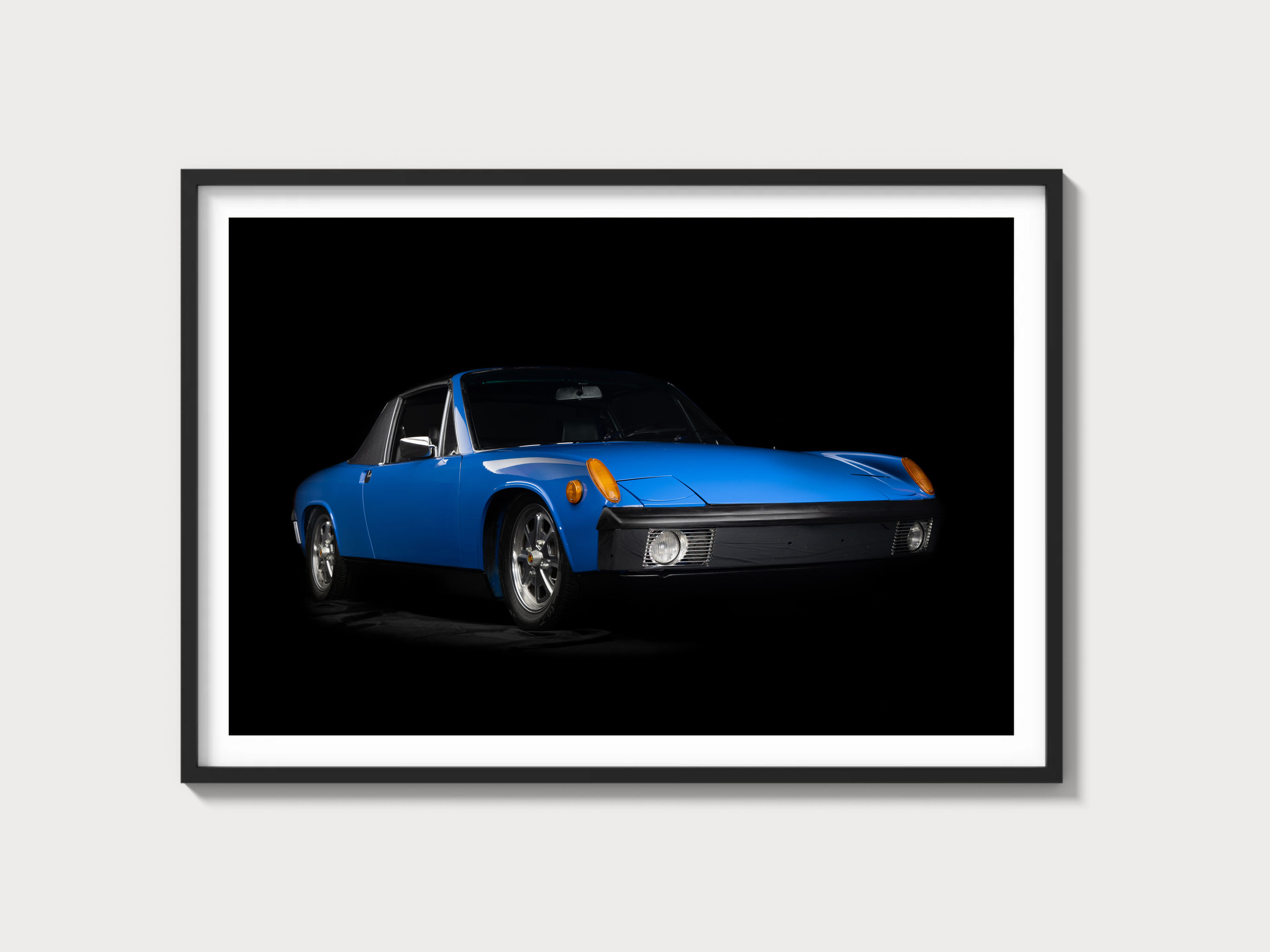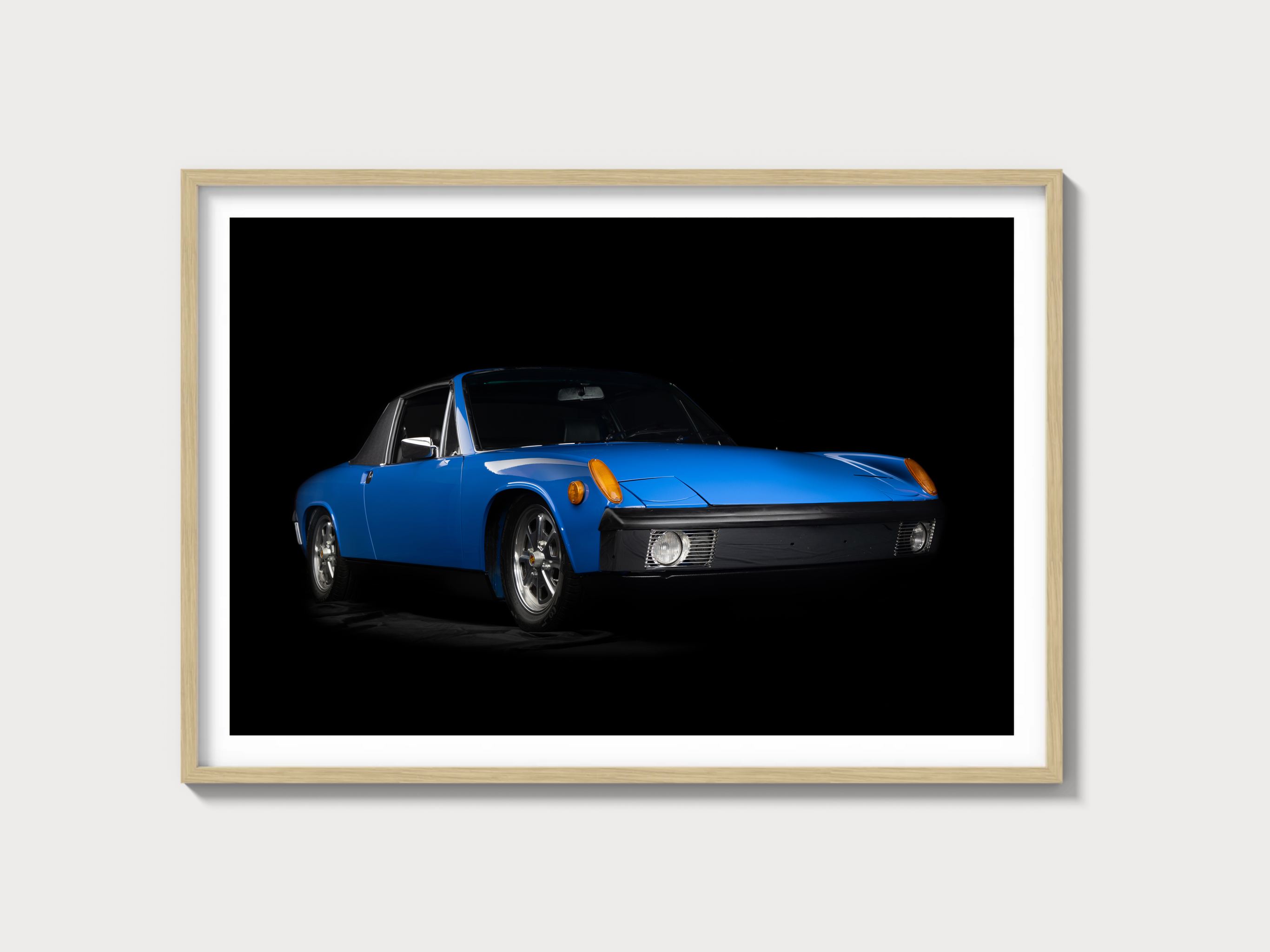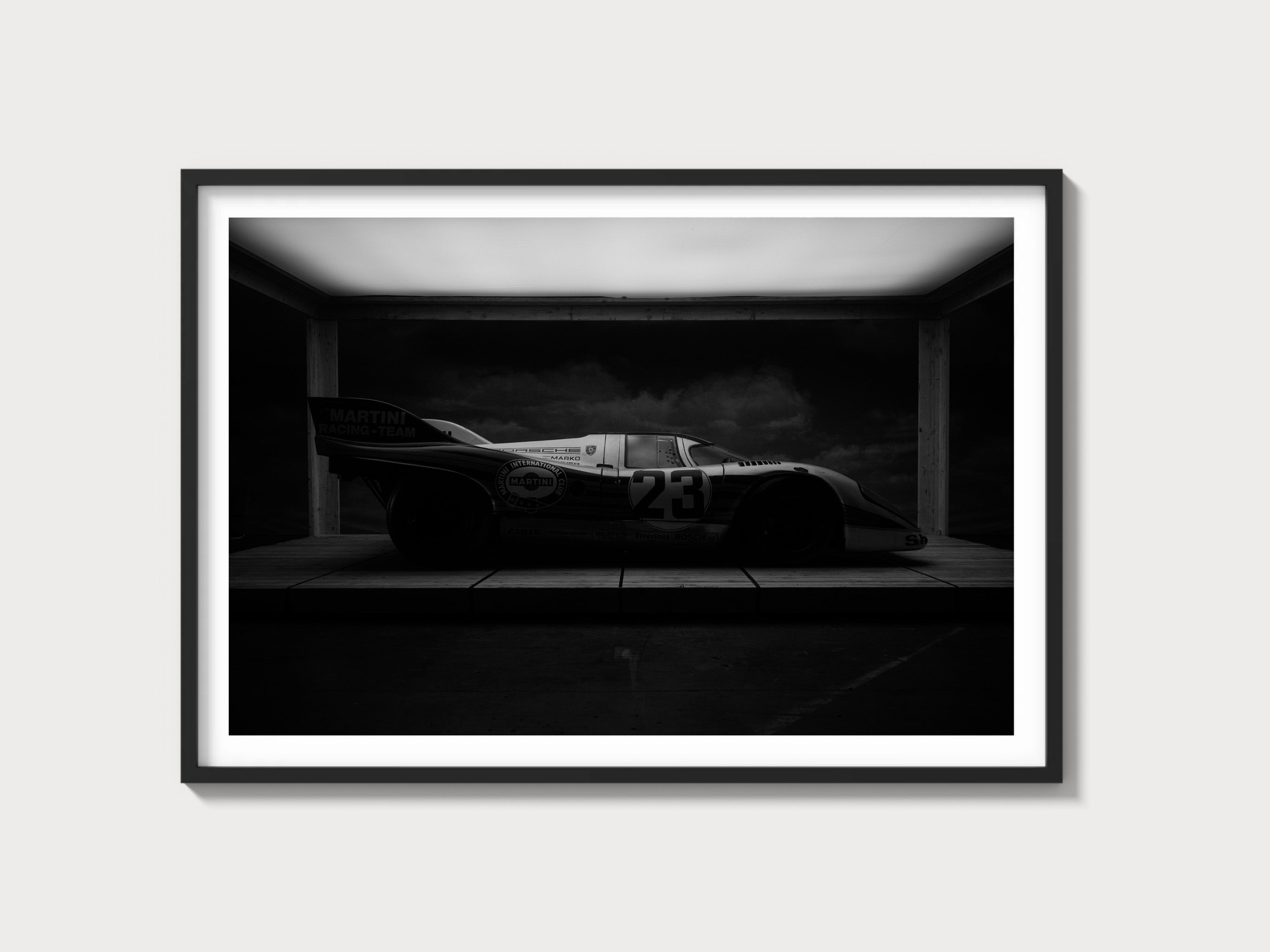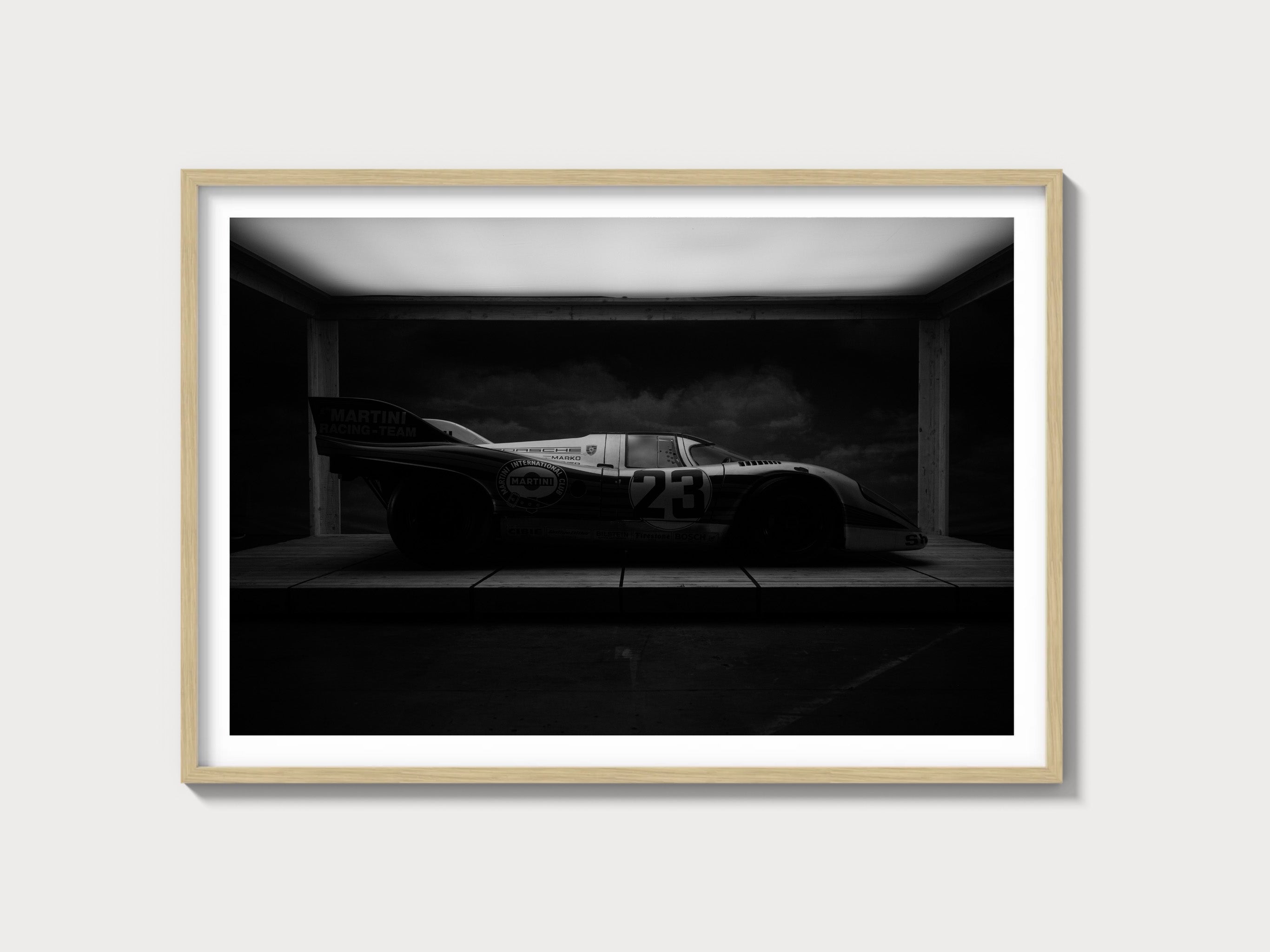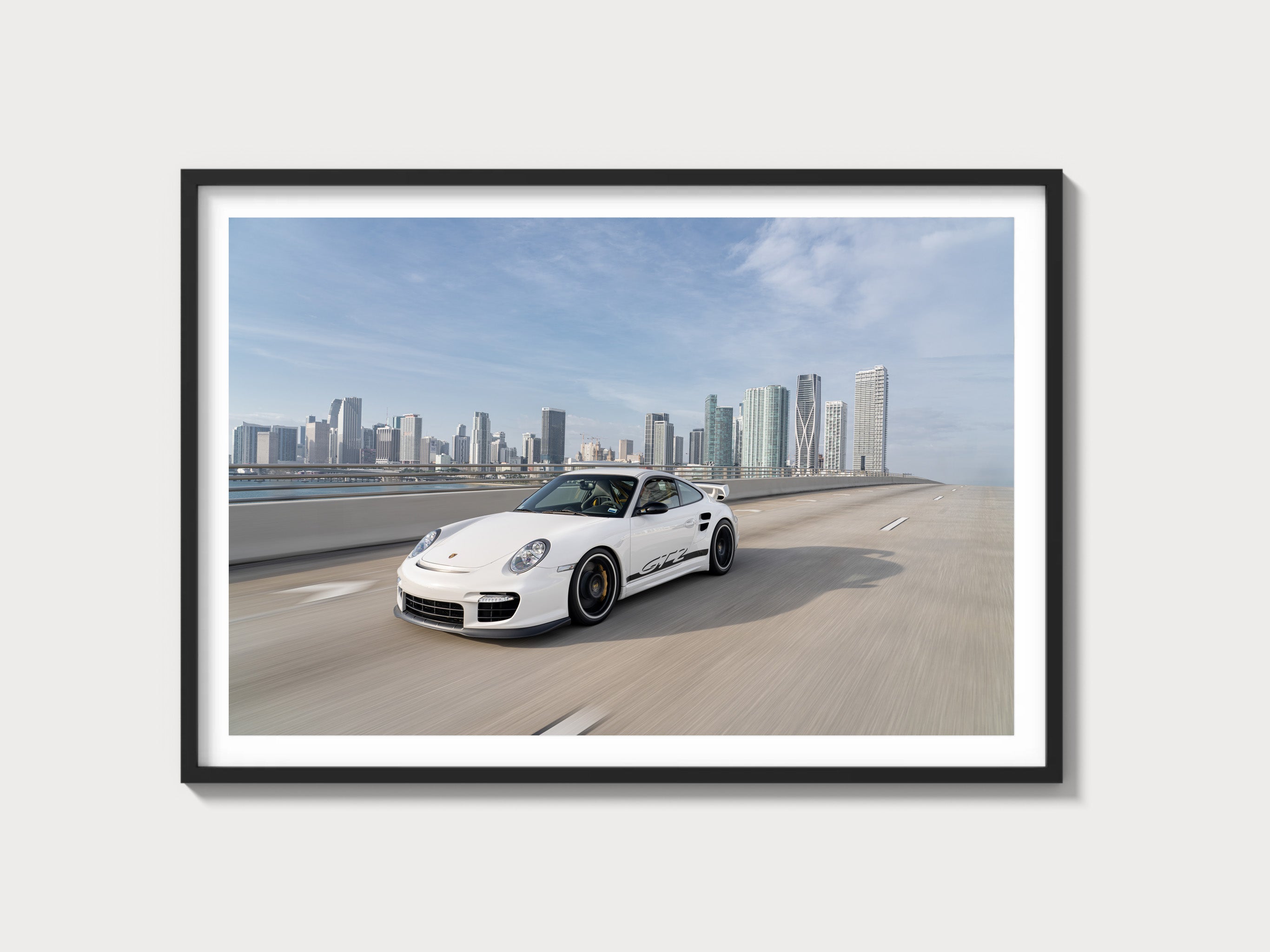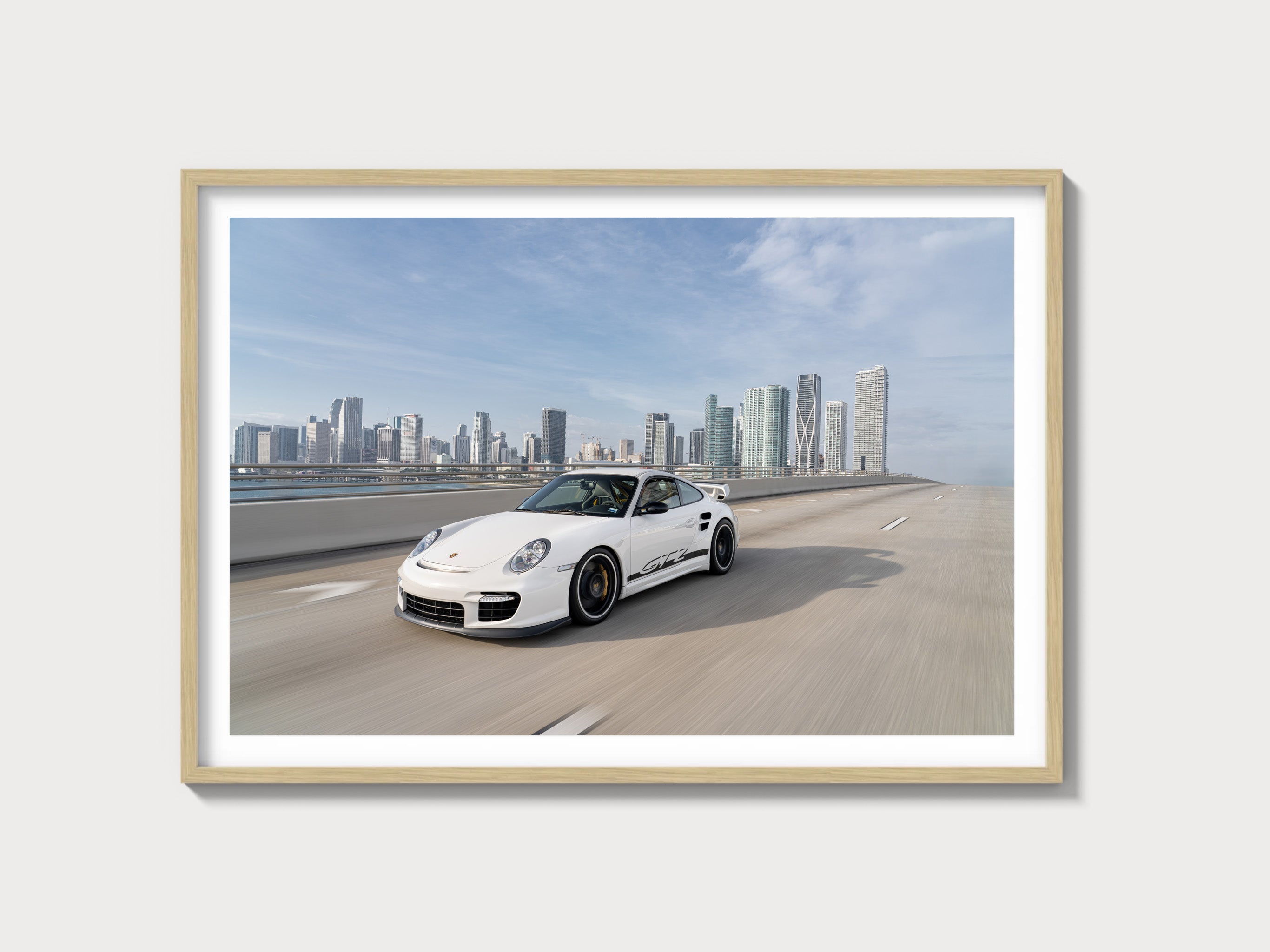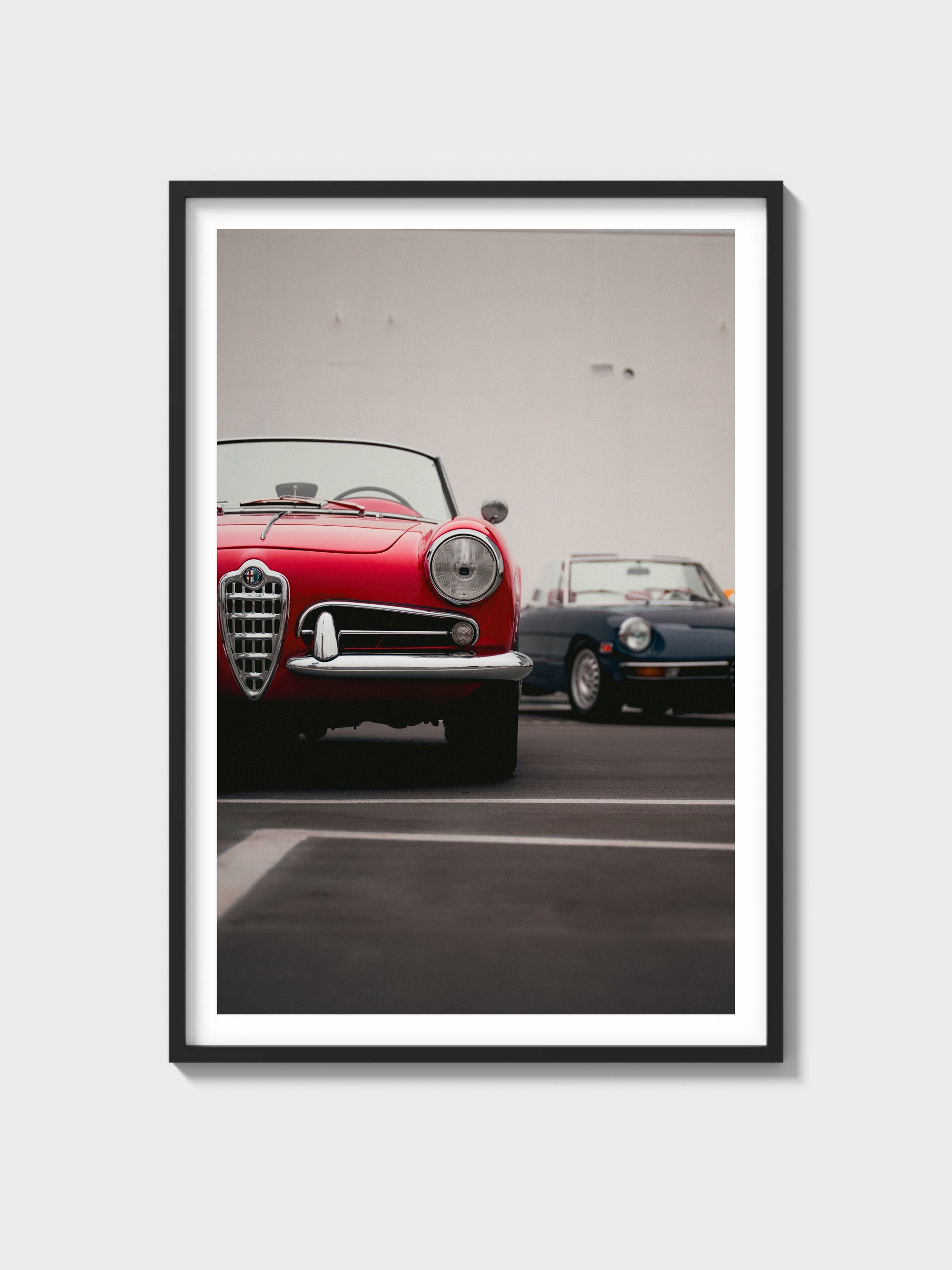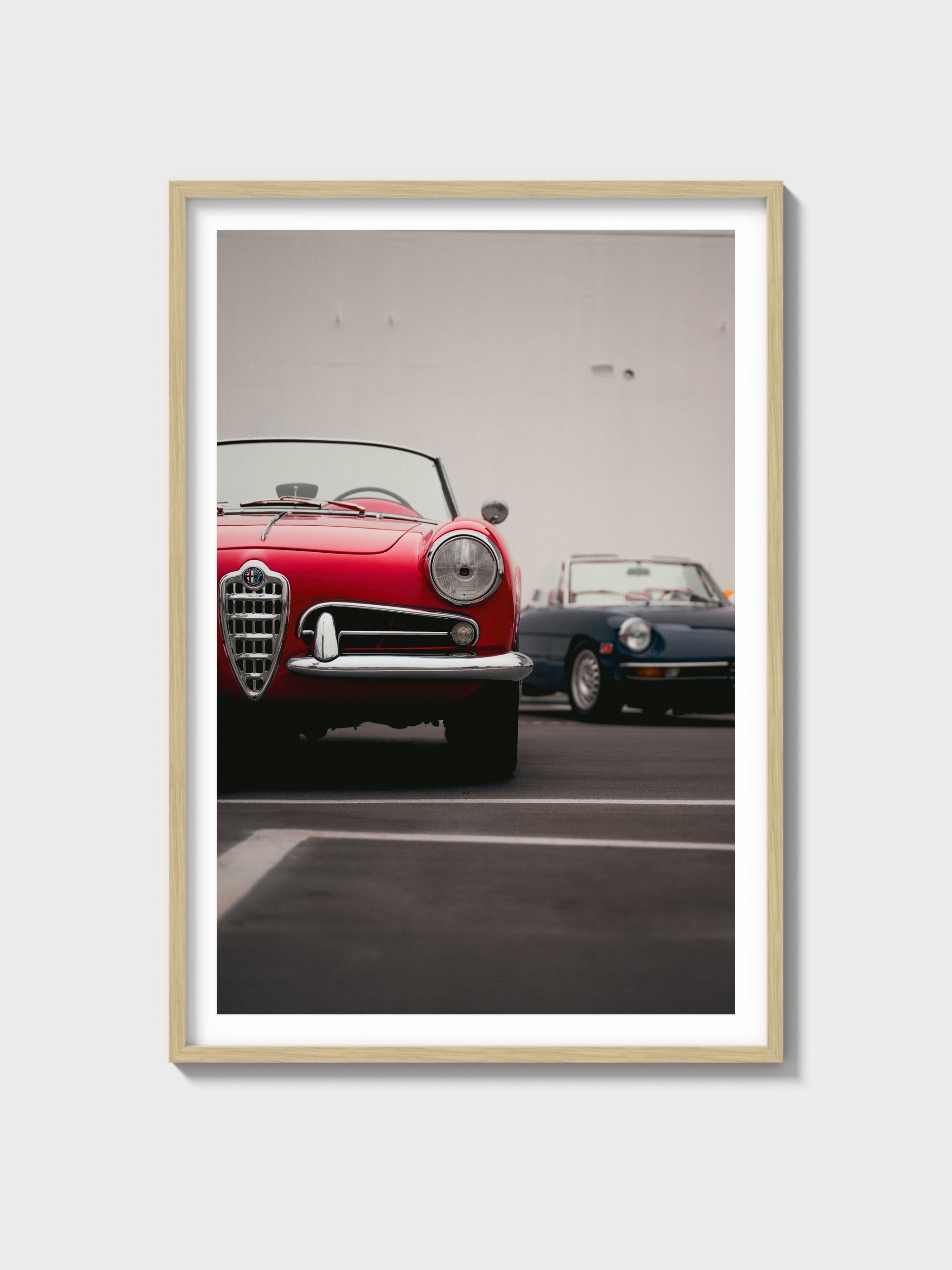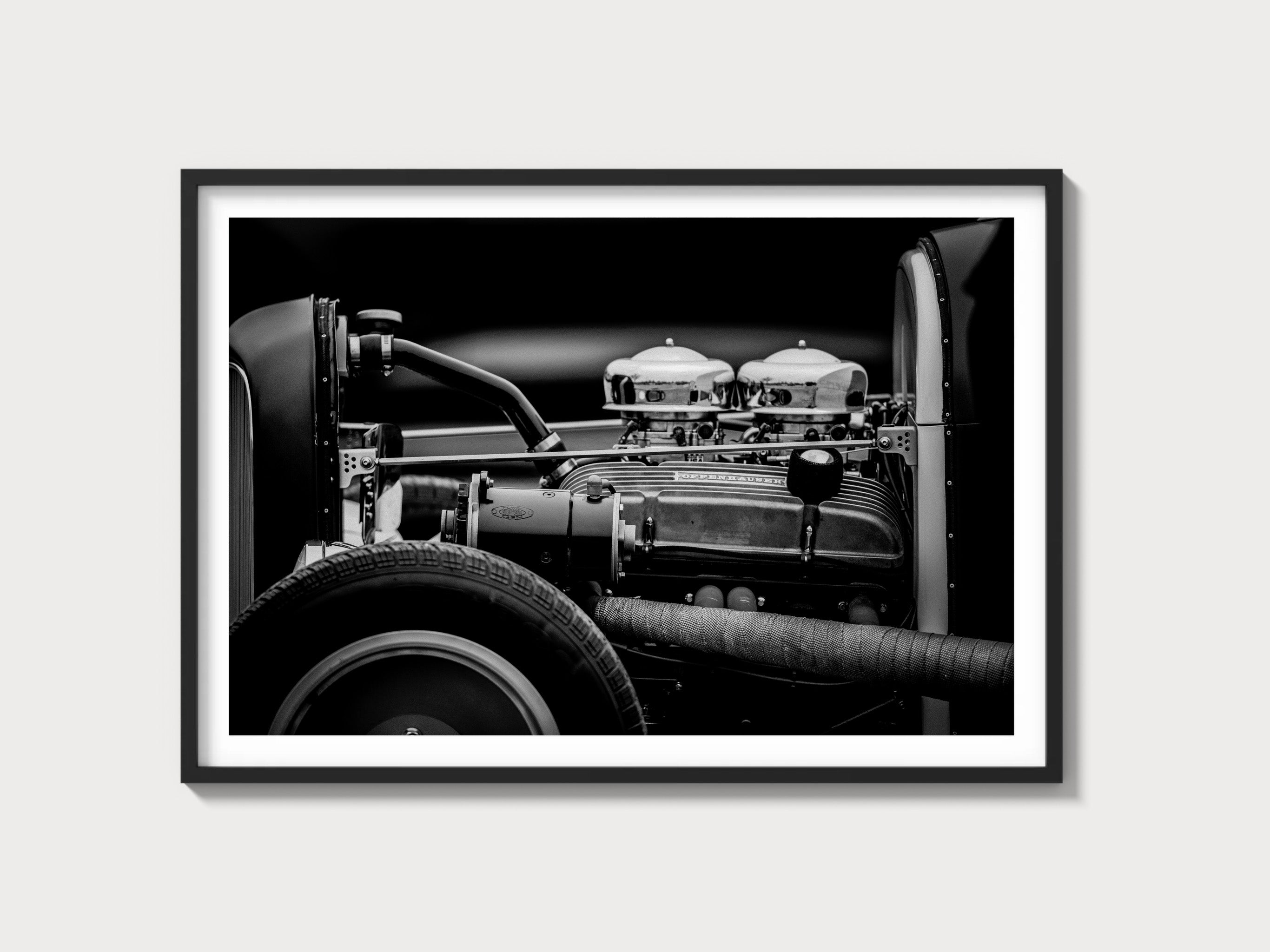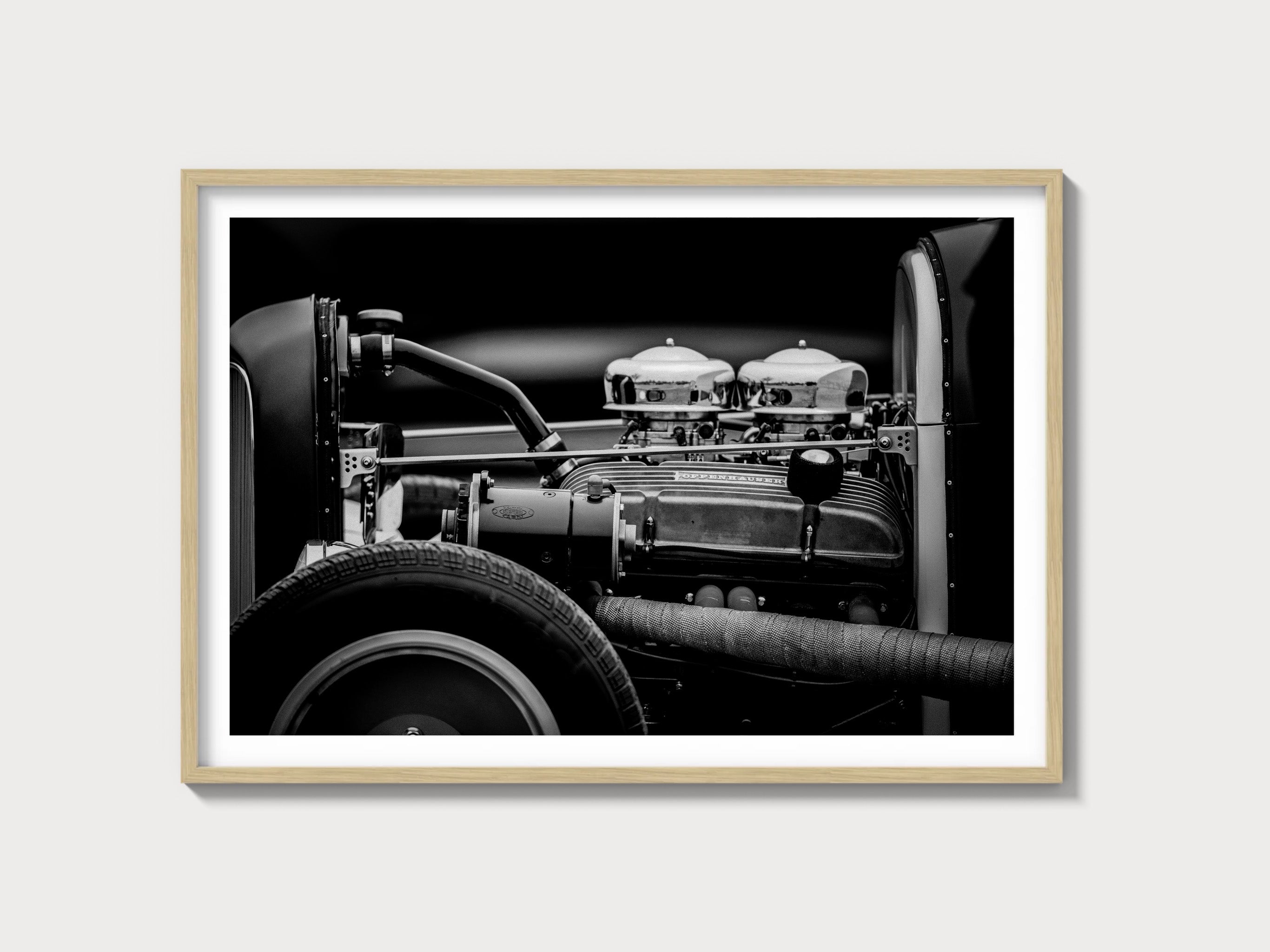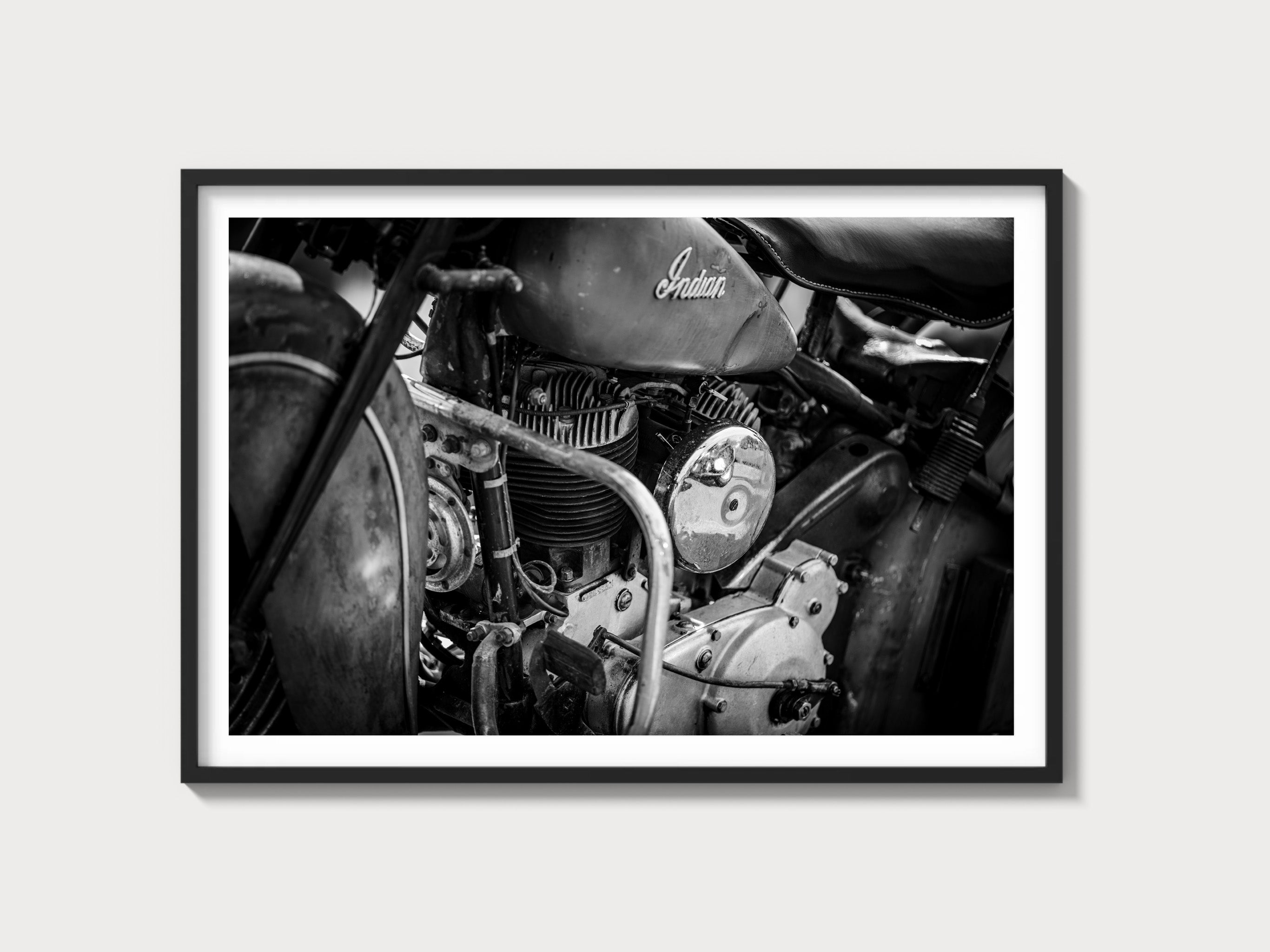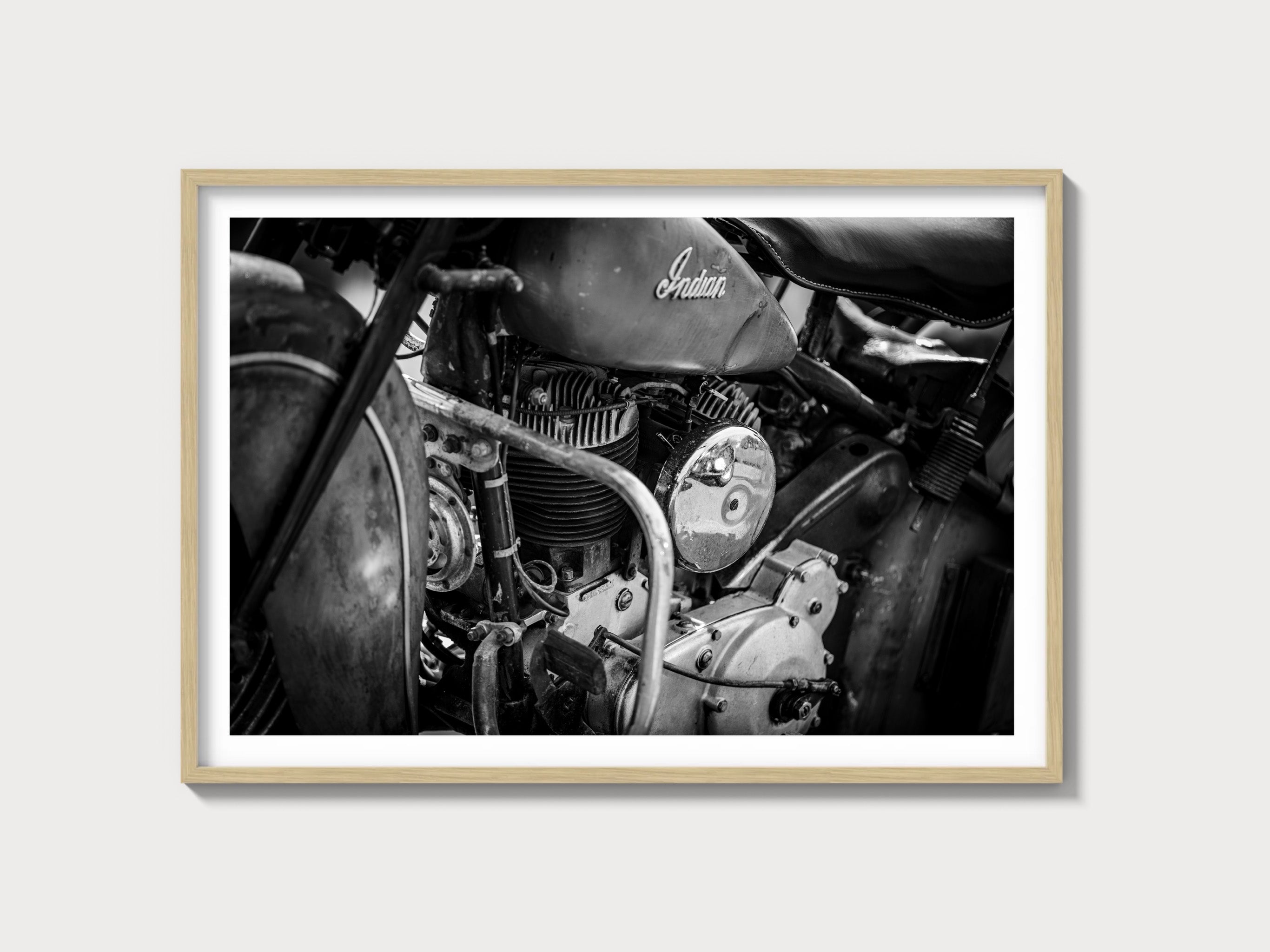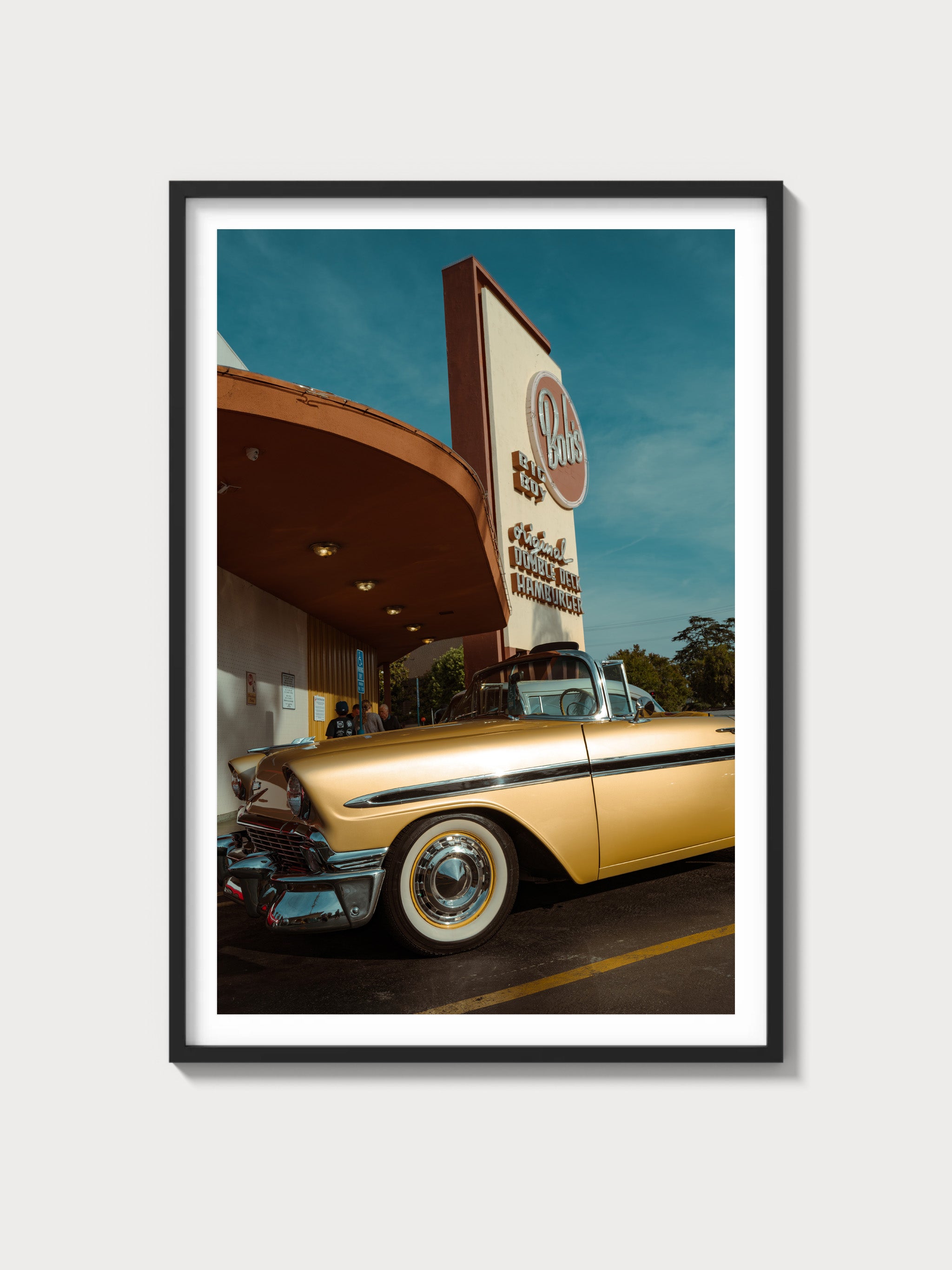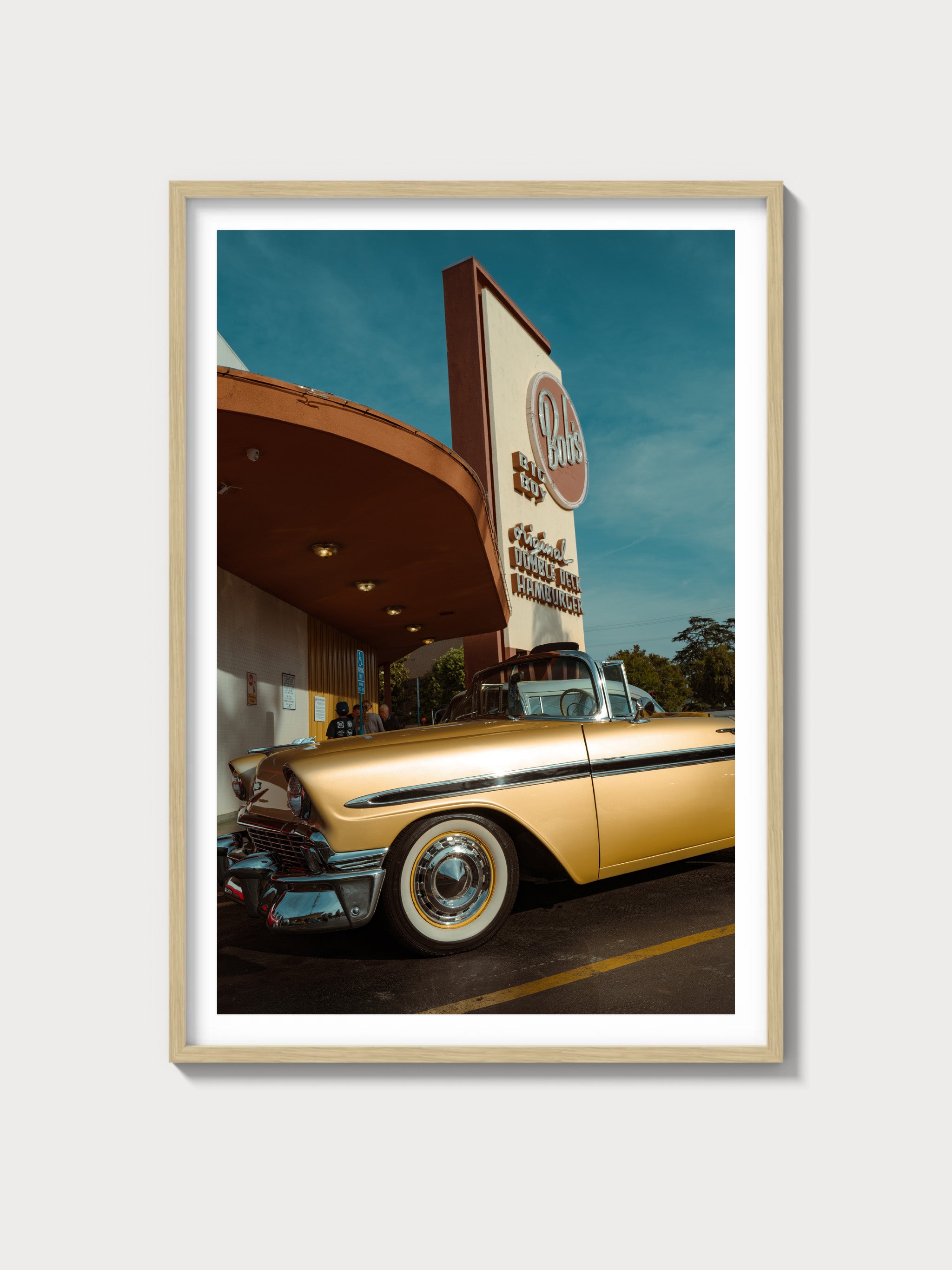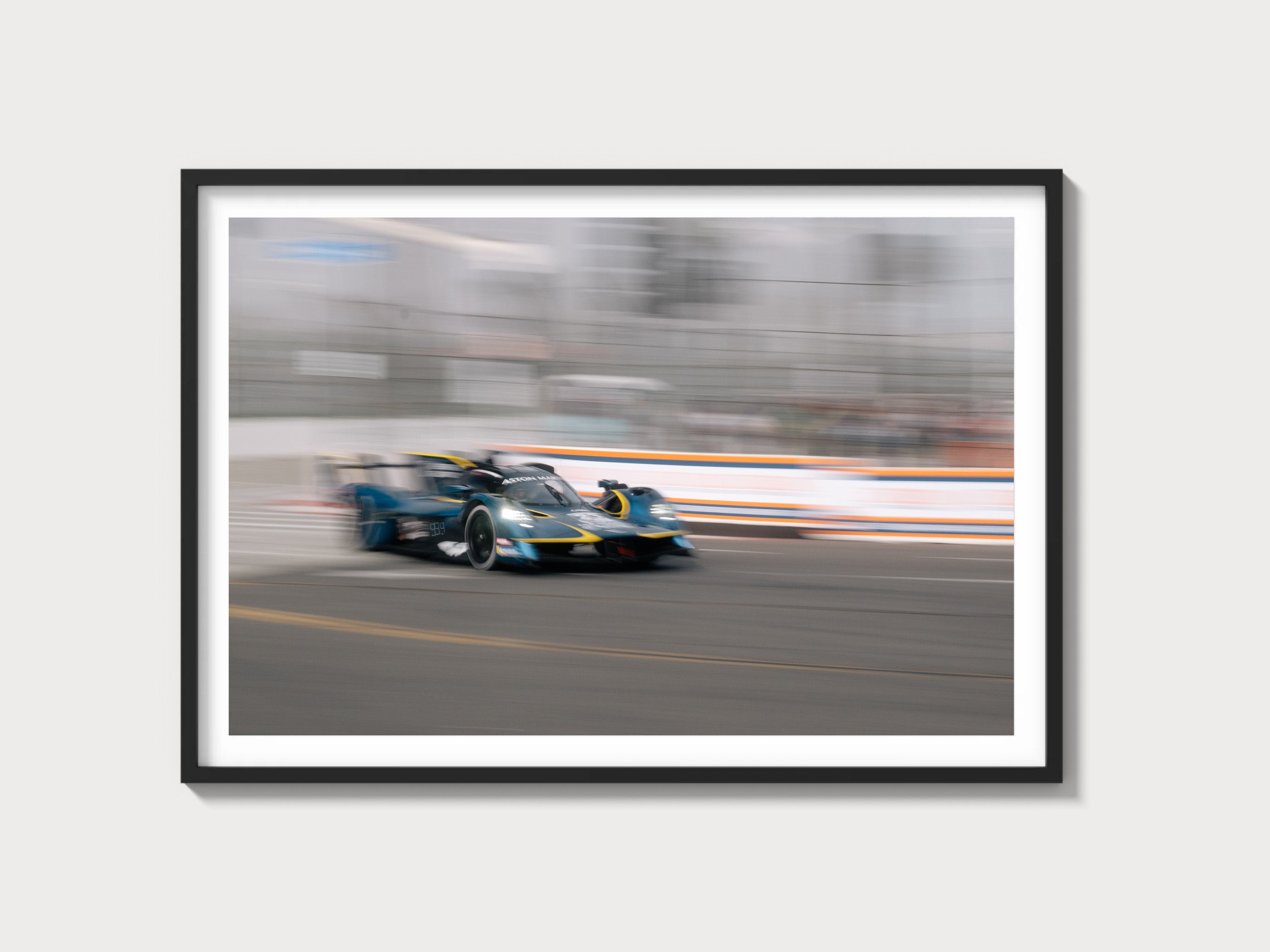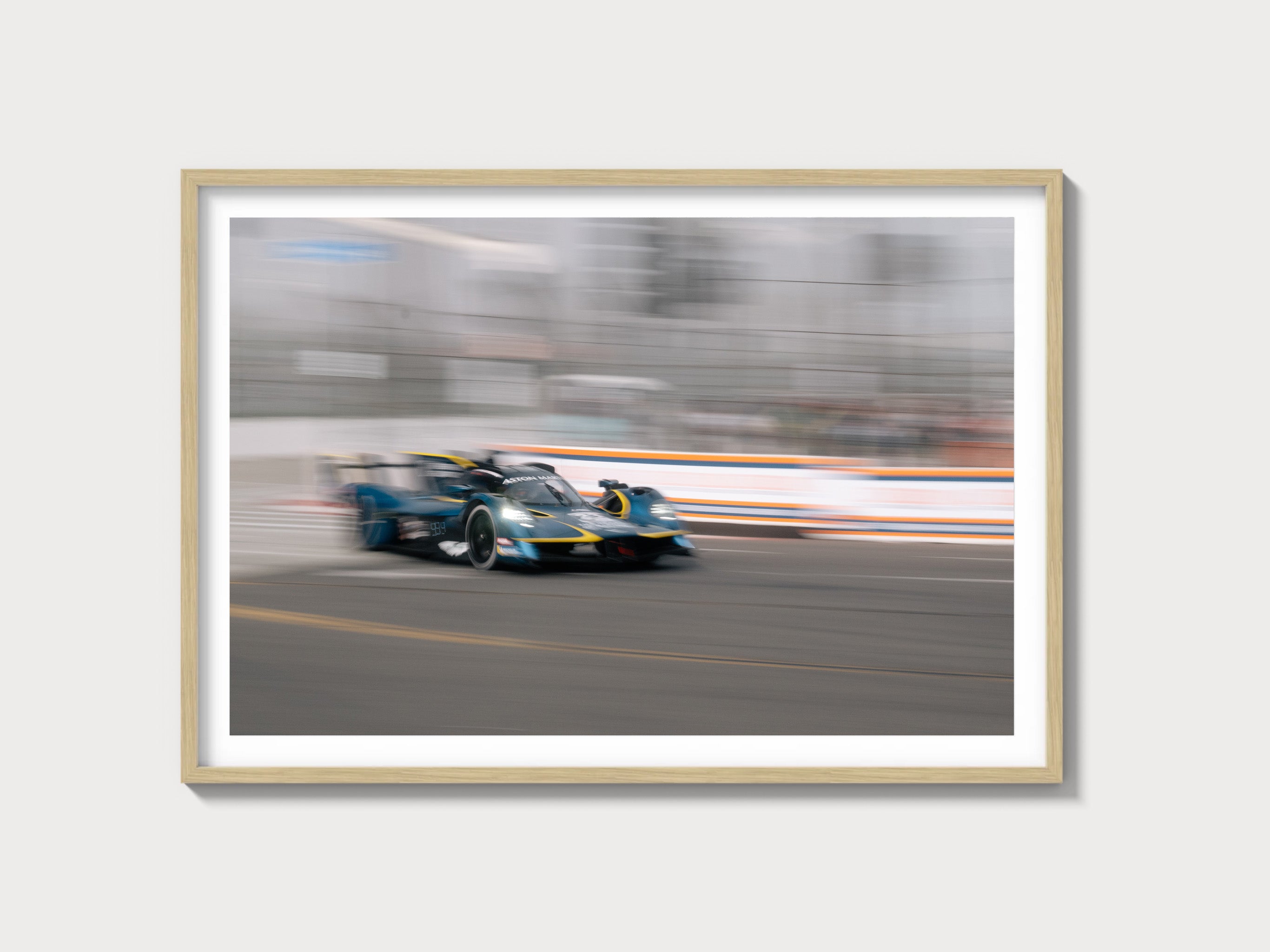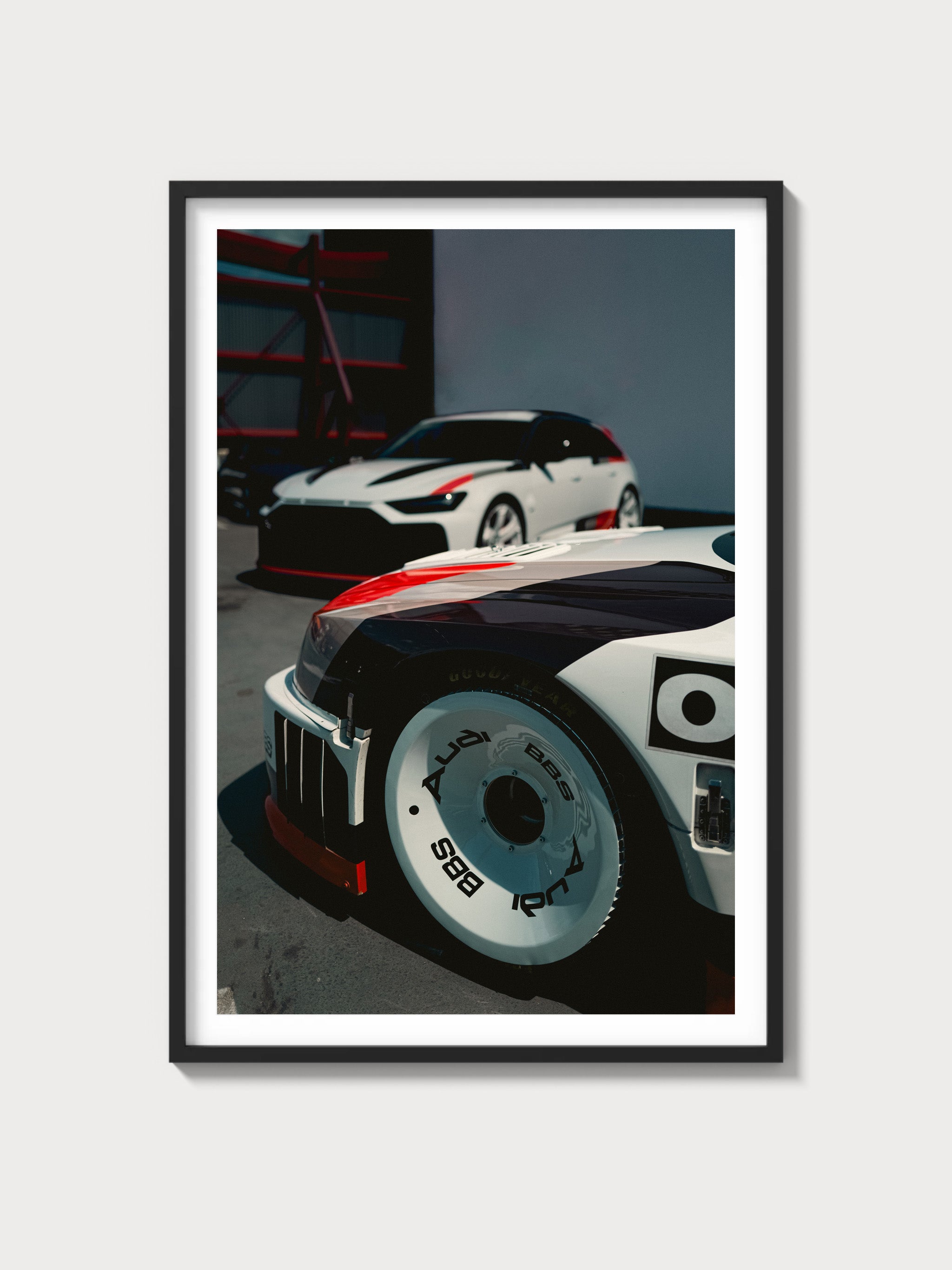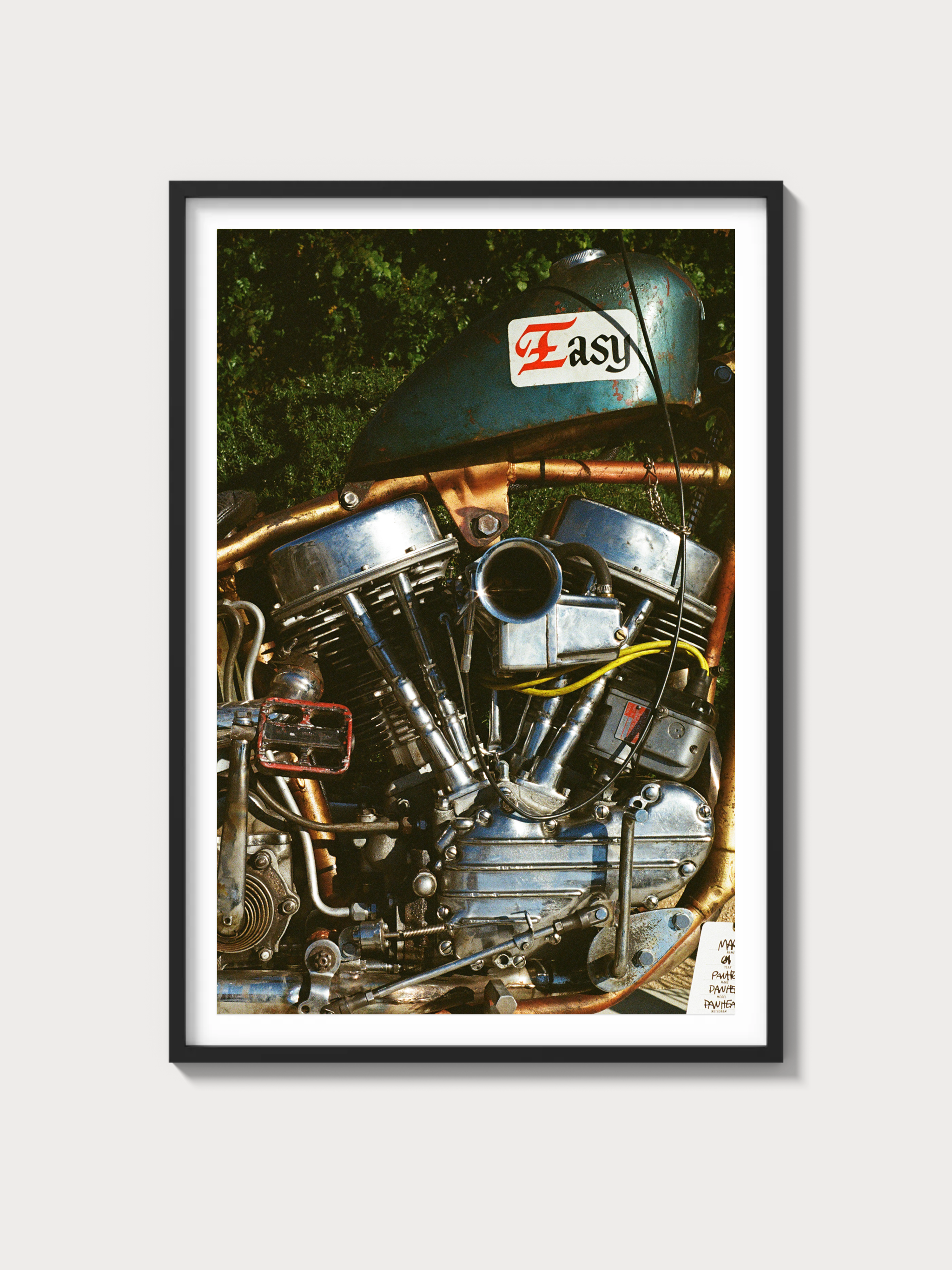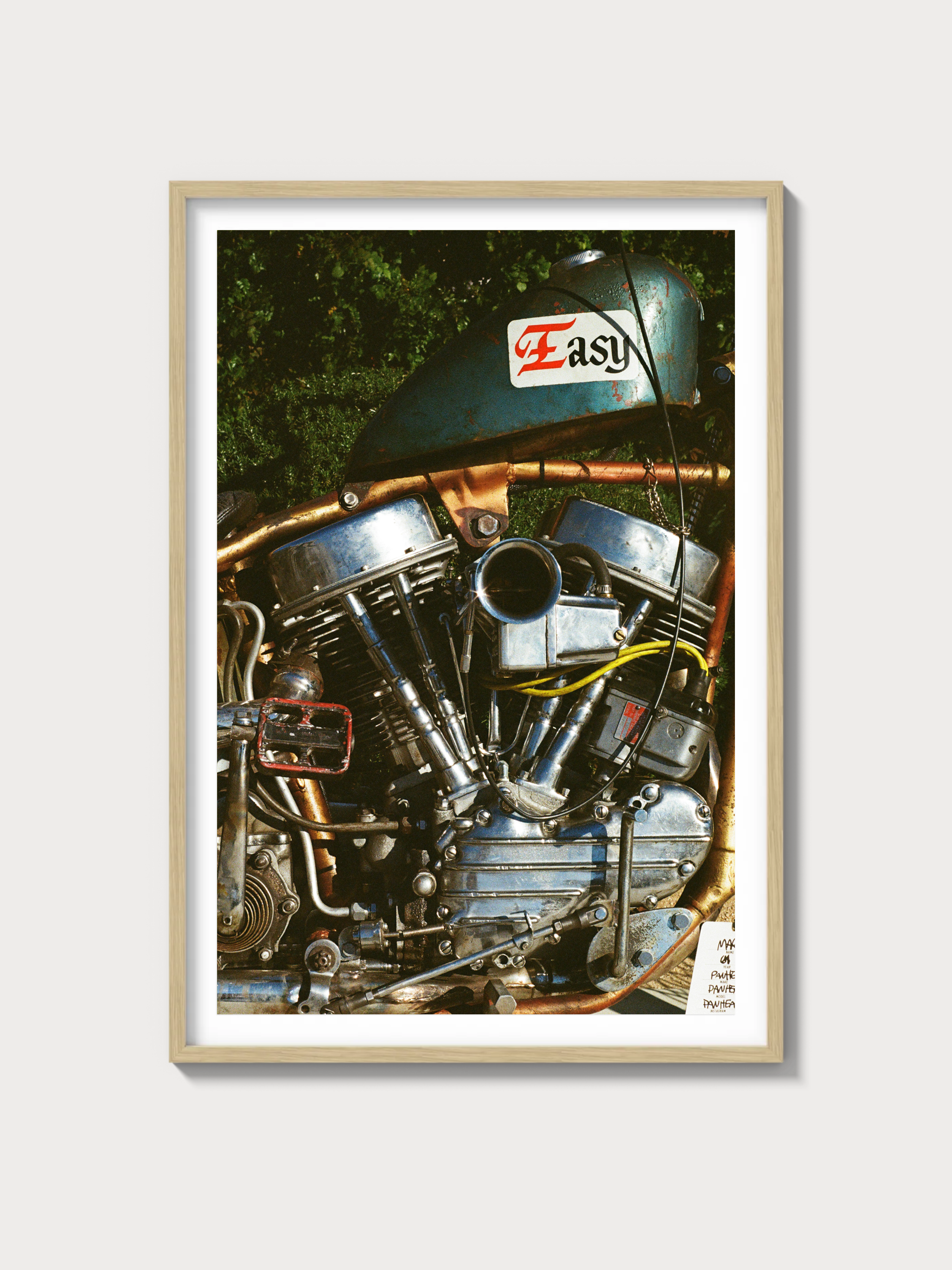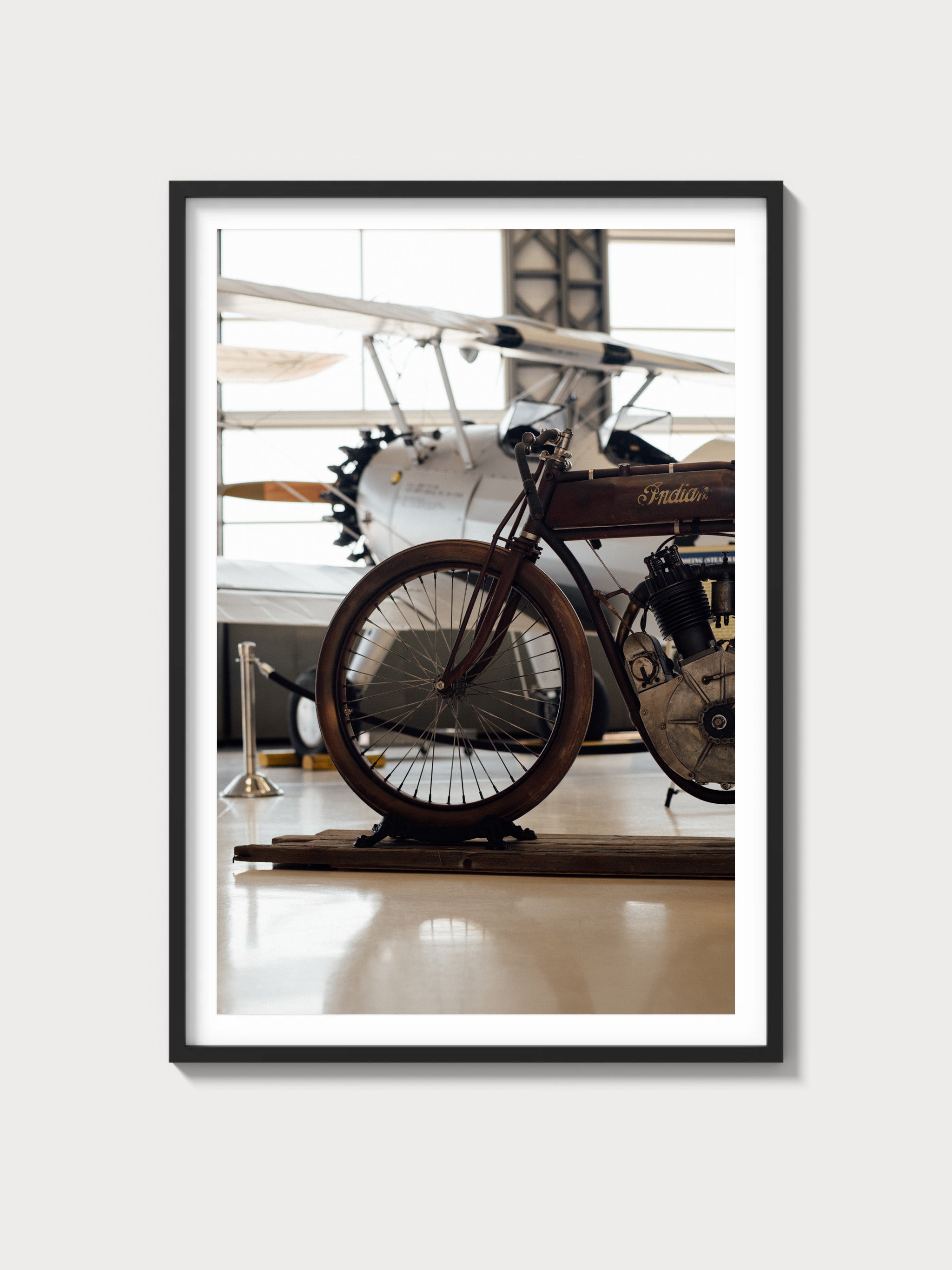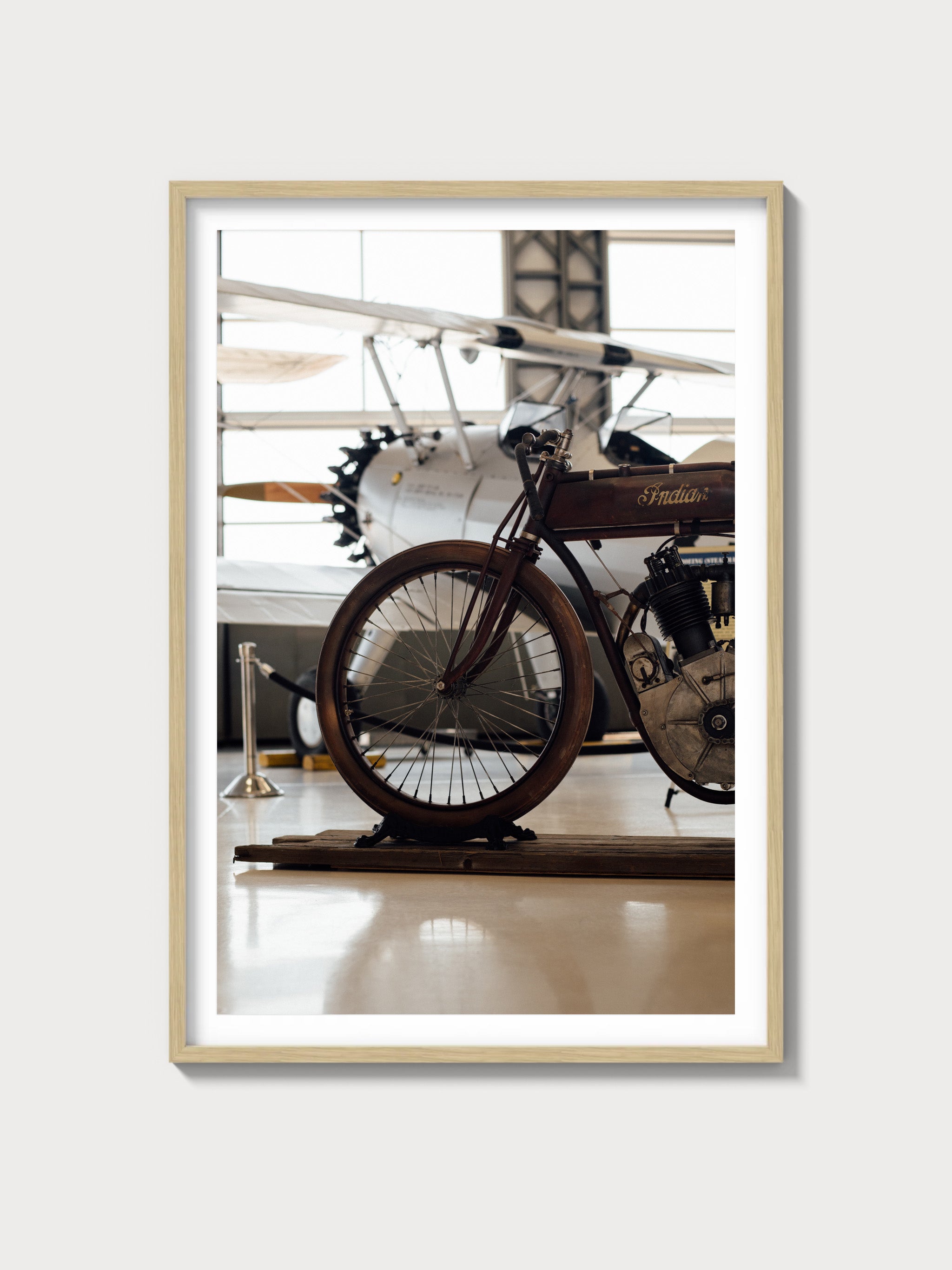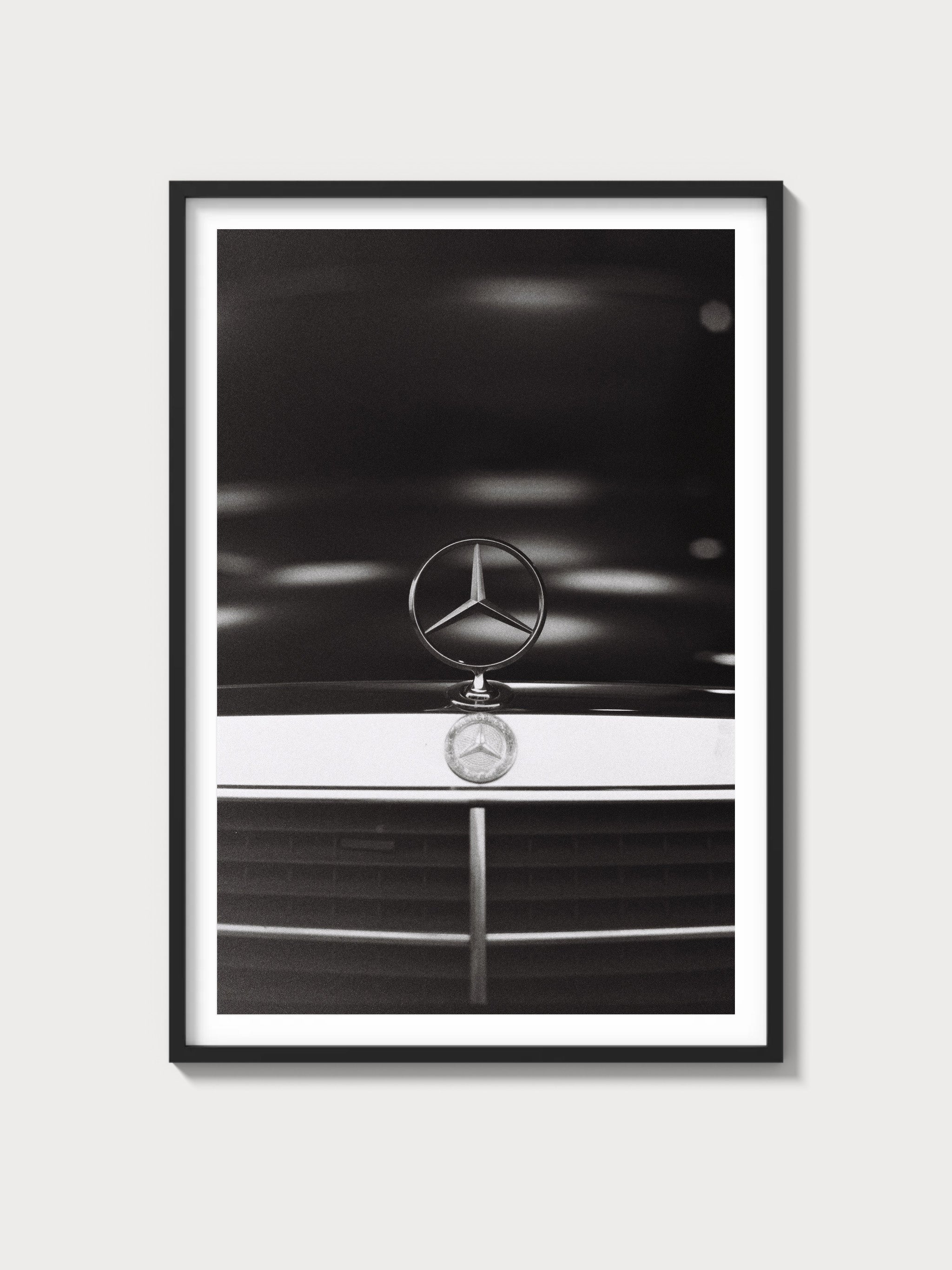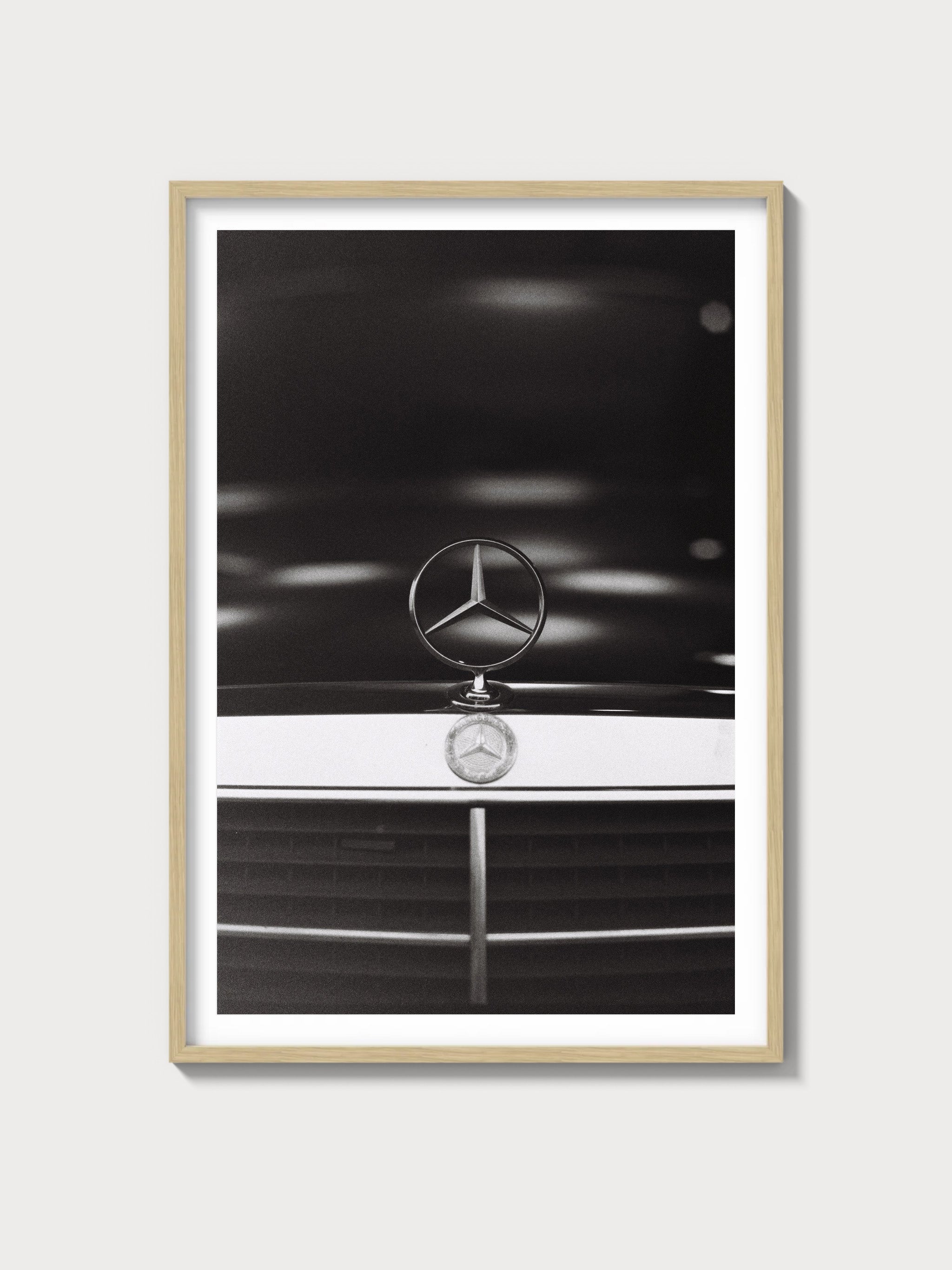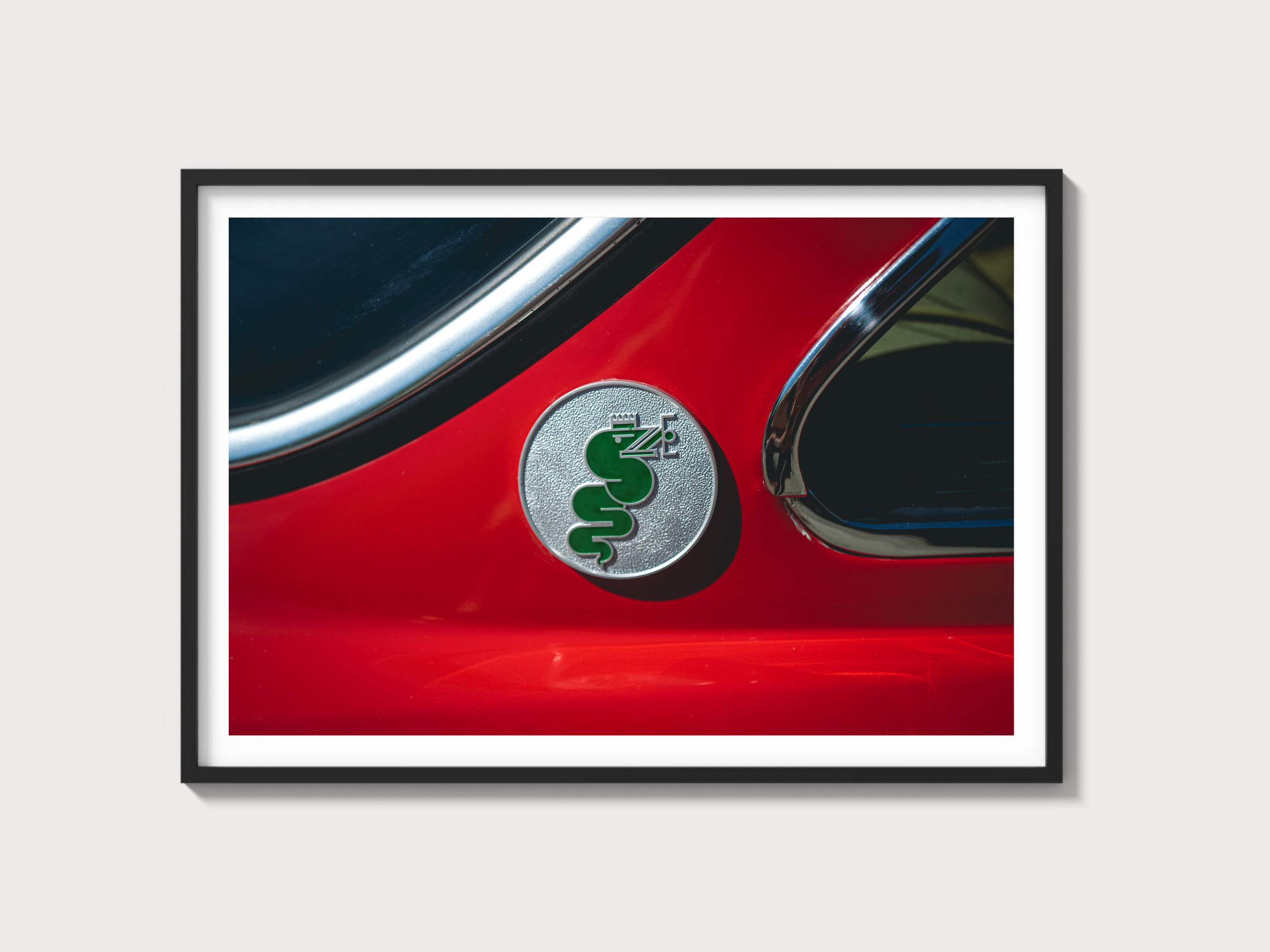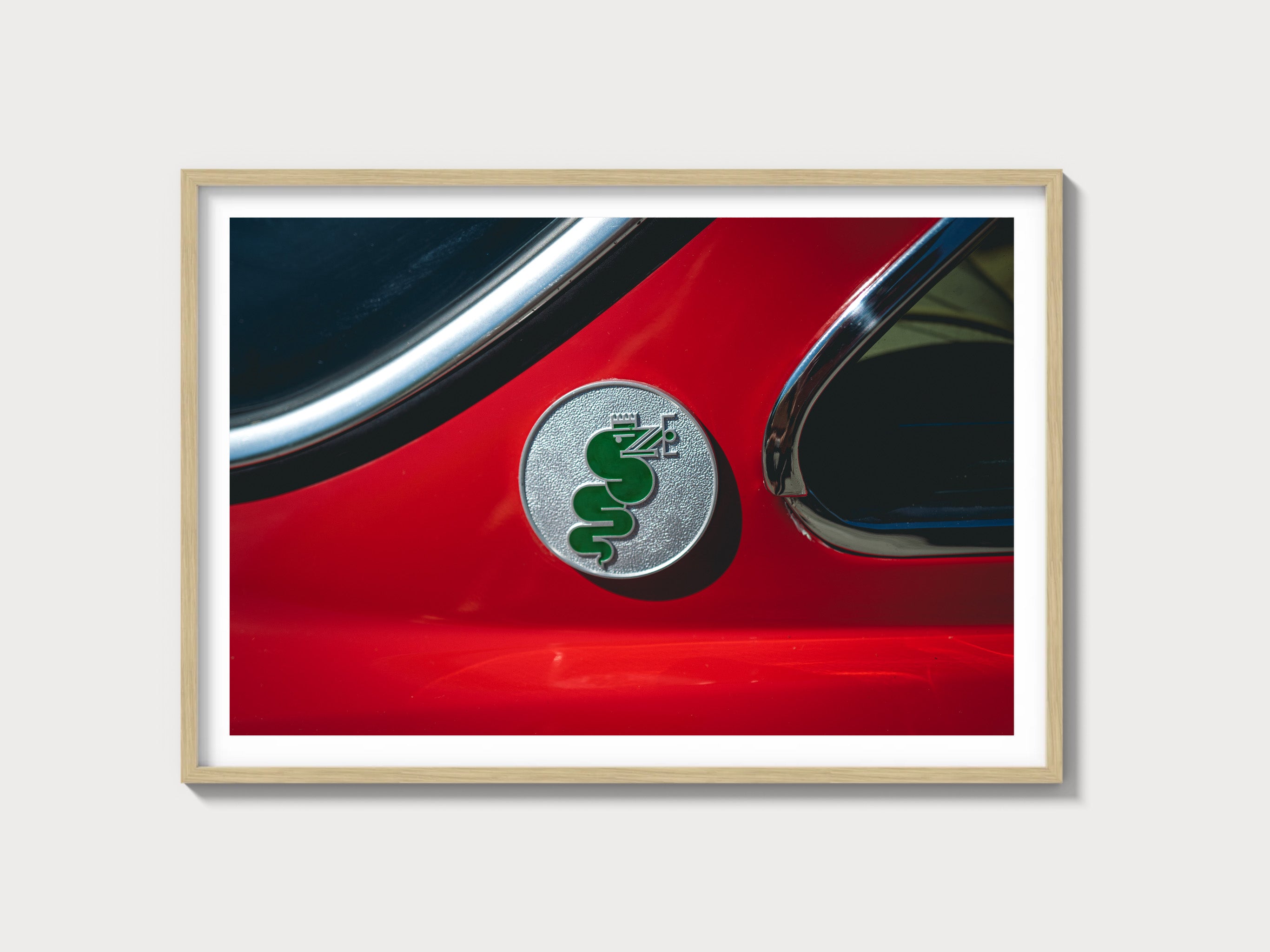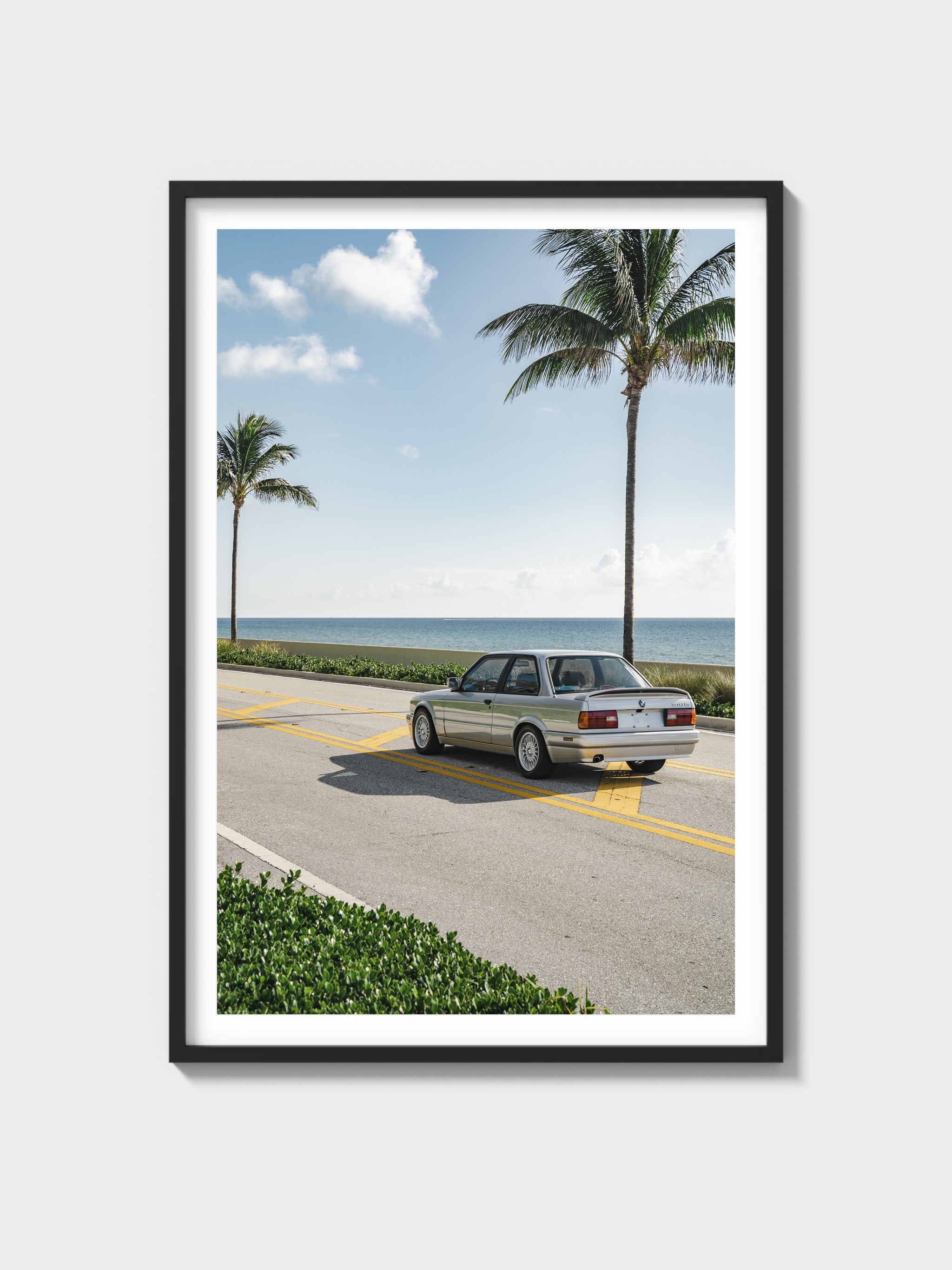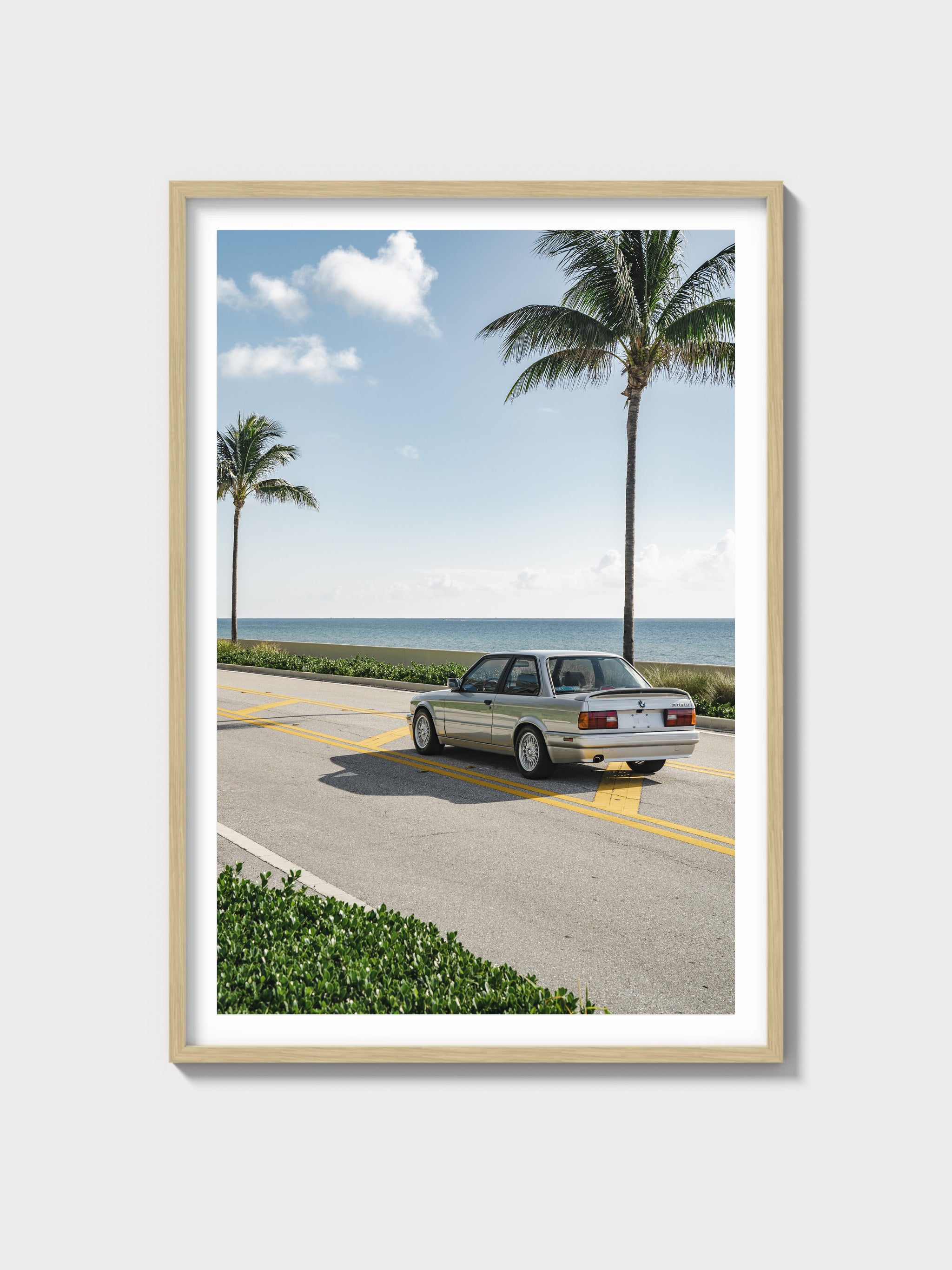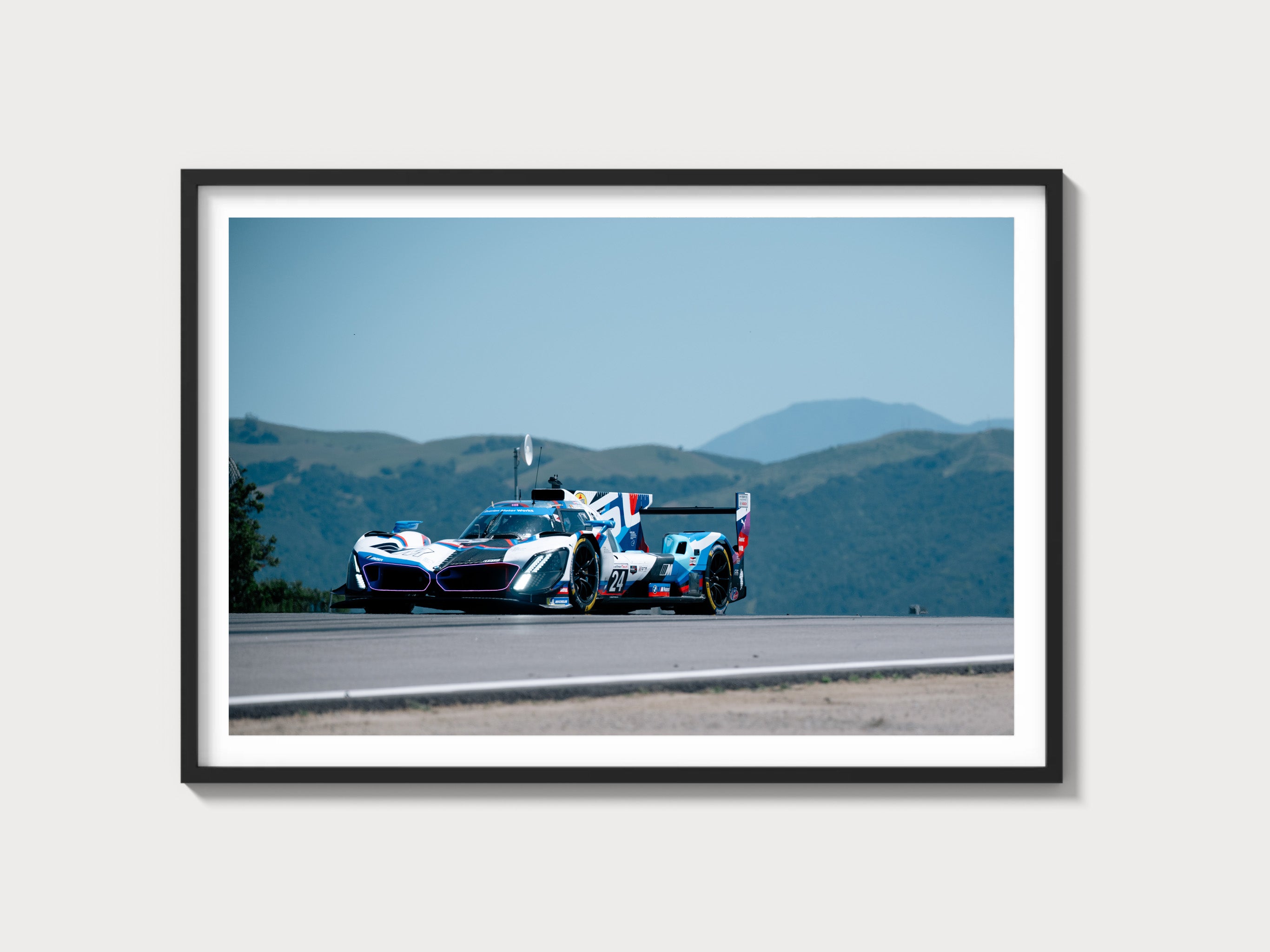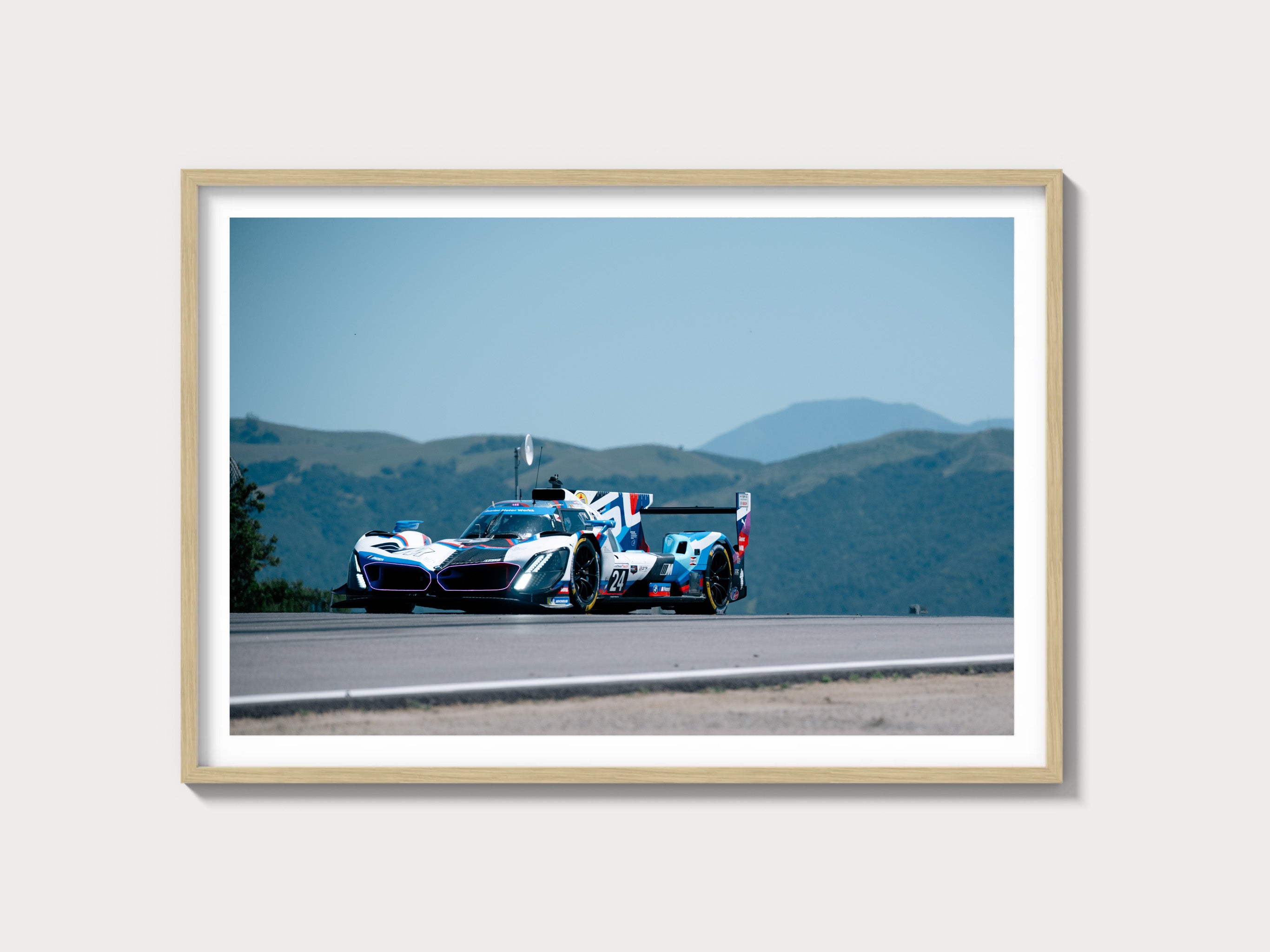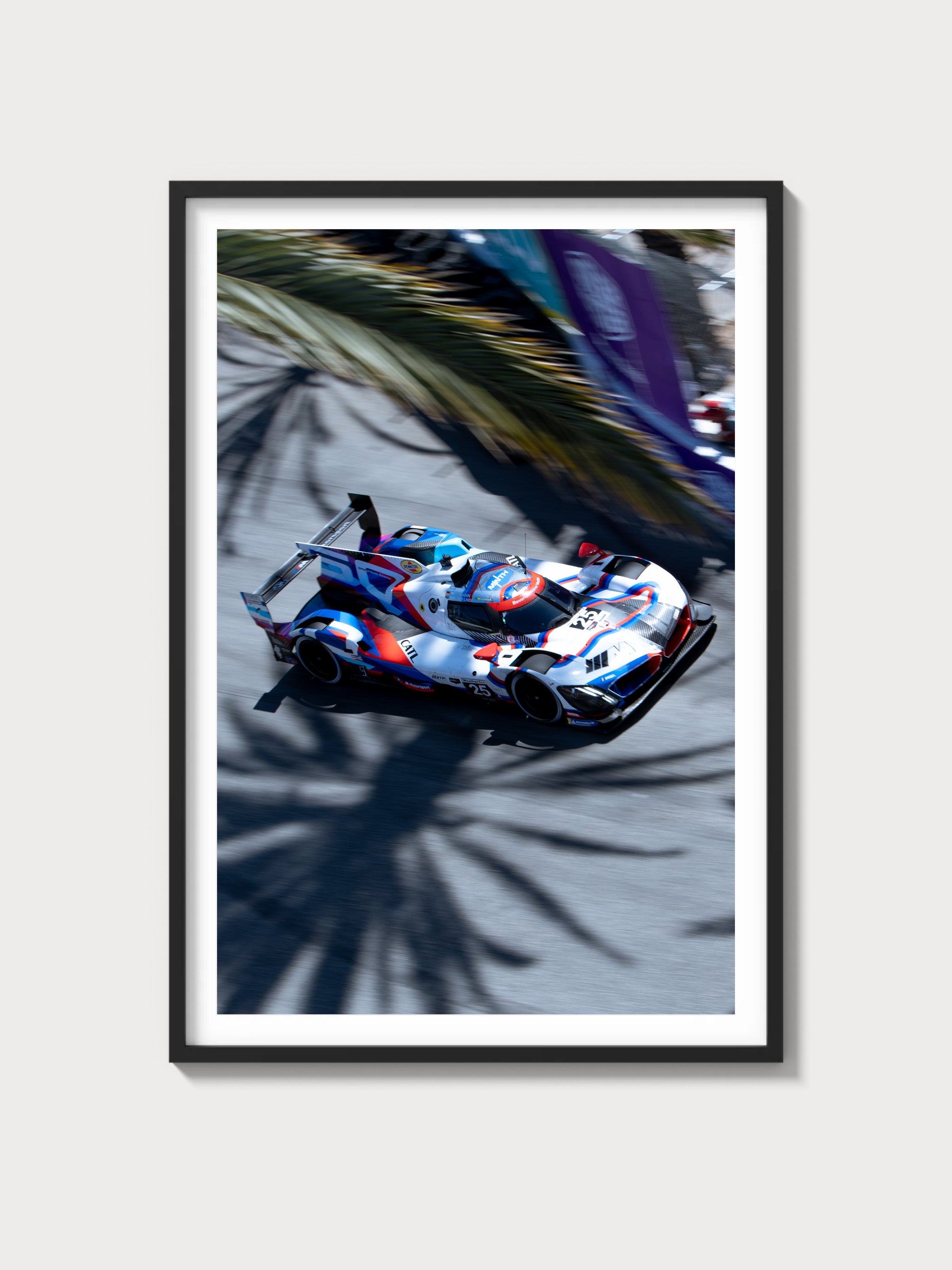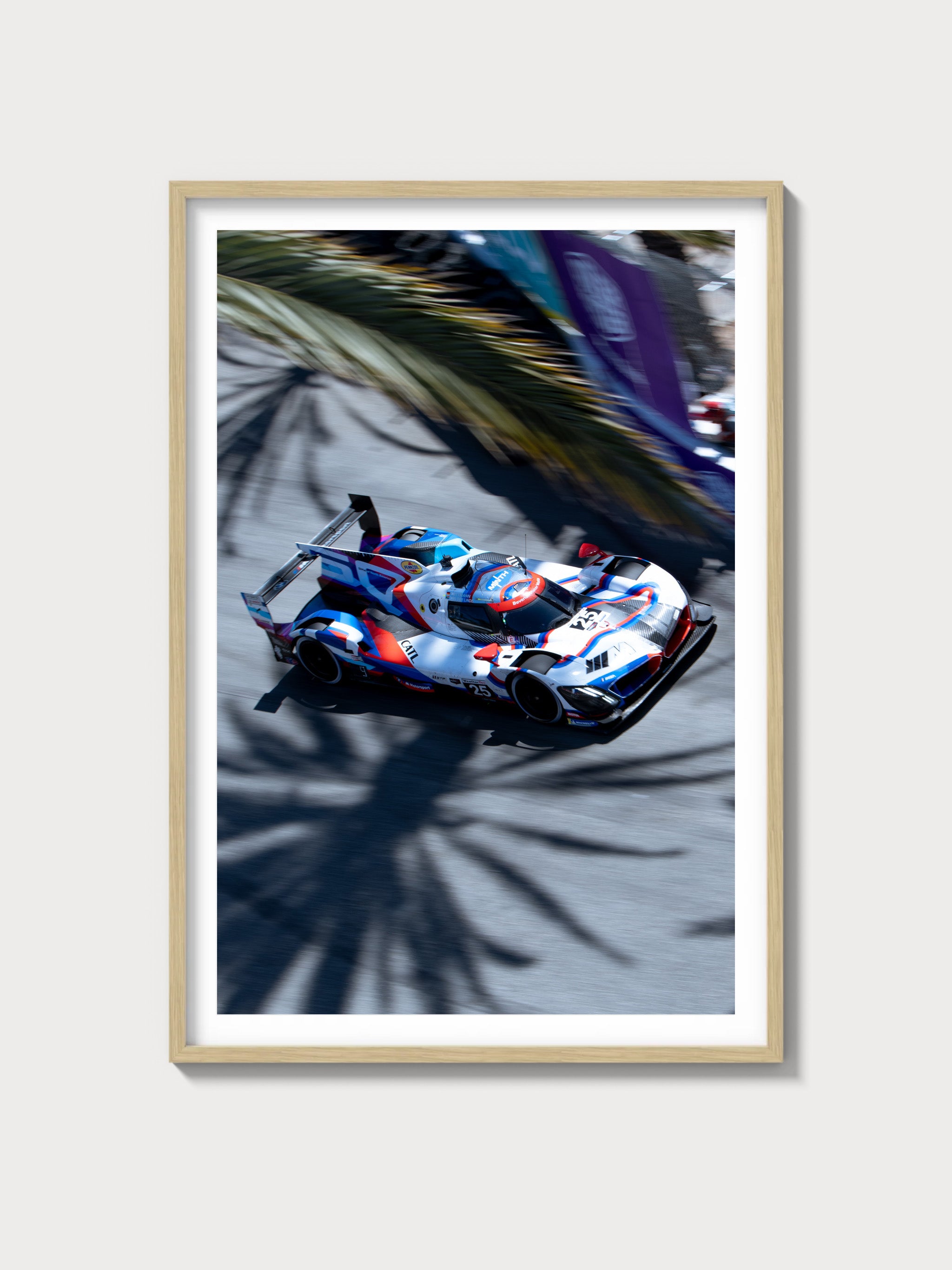1964–1967 Pontiac GTO Base Convertible — The Blueprint Muscle Car, Open Air
Historical Context and Development
If Detroit had a singular flashpoint for the muscle car era, it was Pontiac’s GTO, and the convertible added the proper theatre. Conceived by John Z. DeLorean with engineers Bill Collins and Russ Gee, the 1964 GTO began as an option package on the Tempest LeMans that cleverly skirted GM’s internal displacement cap on intermediates. The formula—big-cube V8 in a mid-size chassis—wasn’t new, but Pontiac executed it with unusual swagger and breadth.
The first-year car used the 389-cubic-inch V8 and instantly reframed expectations for straight-line pace at an attainable price. Car and Driver famously pitted a GTO against Ferrari’s 250 GTO on its 1964 cover—an attention-grabbing conceit—and the press cycle did the rest. By 1965 the GTO became a standalone model line, and by 1966 it had evolved into Pontiac’s design showpiece with the “Coke-bottle” profile and louvered taillamps that still define the icon. In 1967, Pontiac upped displacement to 400 cubic inches and added better safety kit and optional front discs, while retaining the essential character.
On the street and at the strip, the GTO convertible was both gentlemanly and ruthless: wind-in-the-hair drama concealing genuine Super Stock capability when ordered with Tri-Power, the right axle, and a 4-speed. Pontiac’s dealer network (notably Royal Pontiac) offered sanctioned tuning parts—"Royal Bobcat" kits—further cementing the legend. Competitively, GTO sparred with Oldsmobile’s 4-4-2, Chevrolet’s Chevelle SS396, Buick’s Gran Sport, and later big-block Mopars, but the Pontiac’s blend of image, cubic inches, and polish made it the poster child.
Engine and Technical Specifications
The GTO Base Convertible spanned two primary engines in this era: the 389 (1964–1966) and the 400 (1967). The famed Tri-Power triple two-barrel setup was available through 1966; for 1967, Pontiac consolidated to a single 4-barrel with the new 400, reserving higher-output calibrations for HO and Ram Air options.
| Engine | Years | Configuration | Displacement | Horsepower (SAE gross) | Induction | Redline | Fuel System | Compression | Bore/Stroke |
|---|---|---|---|---|---|---|---|---|---|
| 389 V8 (Base) | 1964 | OHV 90° V8, iron block/heads | 389 cu in (6.4 L) | 325 hp @ ~4,800 rpm | Single 4-barrel (Carter AFB) | ~5,100 rpm | Carbureted | Approx. 10.75:1 | 4.0625 in x 3.75 in |
| 389 V8 (Base) | 1965–1966 | OHV 90° V8, iron block/heads | 389 cu in (6.4 L) | 335 hp @ ~5,000 rpm | Single 4-barrel (Carter AFB) | ~5,100 rpm | Carbureted | Approx. 10.75:1 | 4.0625 in x 3.75 in |
| 389 V8 Tri-Power | 1964–1966 | OHV 90° V8, iron block/heads | 389 cu in (6.4 L) | 348 hp (1964); 360 hp (1965–1966) | Three 2-barrel carburetors (Rochester 2G) | ~5,100 rpm | Carbureted | Approx. 10.75:1 | 4.0625 in x 3.75 in |
| 400 V8 (Base) | 1967 | OHV 90° V8, iron block/heads | 400 cu in (6.6 L) | 335 hp @ ~5,000 rpm | Single 4-barrel (Rochester Quadrajet) | ~5,100 rpm | Carbureted | Approx. 10.75:1 | 4.12 in x 3.75 in |
| 400 V8 HO / Ram Air | 1967 | OHV 90° V8, performance cam/manifolds | 400 cu in (6.6 L) | 360 hp (factory rating) | 4-barrel (Quadrajet); functional scoop on Ram Air | ~5,100 rpm | Carbureted | Approx. 10.75:1 | 4.12 in x 3.75 in |
Driving Experience and Handling Dynamics
Expect a relaxed idle, immediate low-end shove, and a linear, almost inexhaustible midrange—particularly with the 389 or 400 breathing through a free-flow dual exhaust. The 4-speed Muncie adds tactility: a firm gate, mechanical but precise, with either wide-ratio (M20) or close-ratio (M21, axle dependent) gearing. Early cars used a 3-speed manual as standard; the 2-speed Super Turbine 300 automatic was optional through 1966. For 1967, the excellent Turbo-Hydramatic 400 3-speed became available with the Hurst Dual-Gate shifter, a meaningful upgrade in drivability.
Steering is recirculating-ball with respectable weighting and an honest conversation through a skinny rimmed wheel; power assist was common but not universal. The A-body chassis uses unequal-length A-arms and coils up front and a triangulated four-link coil-sprung live axle at the rear. Spring and shock rates were firmer than contemporary Tempests and LeMans models, and anti-roll bars kept roll in check, but this remains a car that prefers smooth inputs and measured trail-braking rather than apex aggression. On drum brakes, enthusiasm fades before the engine does; the 1967 optional front discs are the period-correct remedy.
Axle ratios define personality. A 3.23 or 3.36 keeps highway revs civil; 3.55 and 3.90 transform the car in the quarter-mile. Pontiac’s Safe-T-Track limited-slip was the must-have choice for repeatable launches.
Full Performance Specifications (period-typical)
| Specification | Base 389 4-bbl (1964–1966) | 389 Tri-Power (1964–1966) | Base 400 4-bbl (1967) |
|---|---|---|---|
| 0–60 mph | ~7.0–8.0 s (gear/weight dependent) | ~5.9–6.6 s (4-spd, performance axle) | ~6.5–7.2 s |
| Quarter-mile | ~15.0–15.5 s @ 90–94 mph | ~14.0–14.6 s @ 98–102 mph | ~14.7–15.3 s @ 93–98 mph |
| Top speed | ~116–120 mph | ~118–122 mph | ~116–120 mph |
| Curb weight (convertible) | ~3,600–3,750 lb | ~3,600–3,750 lb | ~3,650–3,800 lb |
| Layout | Front-engine, rear-wheel drive | Front-engine, rear-wheel drive | Front-engine, rear-wheel drive |
| Brakes | Drums all around; power assist optional | Drums all around; power assist optional | Drums std; optional front discs (Delco-Moraine) |
| Suspension | Front: unequal A-arms, coil, anti-roll bar; Rear: 4-link live axle, coils | Front: unequal A-arms, coil, anti-roll bar; Rear: 4-link live axle, coils | Front: unequal A-arms, coil, anti-roll bar; Rear: 4-link live axle, coils |
| Gearbox | 3-spd manual std; 4-spd Muncie opt; 2-spd ST-300 auto opt | As left; close-ratio 4-spd with performance axle | 3-spd manual or 4-spd Muncie; TH400 auto with Dual-Gate |
Variant Breakdown: 1st-Gen GTO Base Convertible by Year
While the GTO nameplate encompassed multiple body styles and performance options, the Base Convertible remained a constant, with yearly mechanical and styling updates. Below are verified convertible production figures and key changes.
| Year | Convertible Production | Standard Engine | Notable Options/Changes | Badges/Styling Notes |
|---|---|---|---|---|
| 1964 | 6,644 | 389 4-bbl (325 hp) | Tri-Power (348 hp), 4-spd, various axle ratios, Safe-T-Track LSD | LeMans-based; subtle GTO callouts; hood scoop non-functional |
| 1965 | 11,311 | 389 4-bbl (335 hp) | Tri-Power (360 hp); Rally gauges; heavy-duty cooling | Revised grille, stacked lamps; GTO scripts more prominent |
| 1966 | 12,798 | 389 4-bbl (335 hp) | Tri-Power (360 hp, final year); Ride & Handling options | New body with “Coke-bottle” curves; louvered taillamps |
| 1967 | 9,517 | 400 4-bbl (335 hp) | HO and Ram Air 400 (360 hp); TH400 auto; optional front discs; energy-absorbing steering column; dual-circuit brakes | Minor styling refresh; functional hood scoop on Ram Air |
Special factory colors and regional promotions appeared (notably the "Tiger" marketing theme); dealer-prepped high-performance cars (e.g., Royal Bobcat) were not separate factory variants but remain culturally significant.
Ownership Notes: What Enthusiasts Should Know
- Maintenance cadence: Oil and filter changes around 3,000 miles keep flat-tappet cams happy; points ignition benefits from periodic dwell/timing checks and fresh condensers roughly every 12,000 miles.
- Cooling and timing: Heat is the enemy. A clean, correct shroud, proper fan clutch, recored radiator, and intact diverter plates behind the water pump are crucial on Pontiacs.
- Common wear points: Rear main rope seals seep; timing cover can corrode around the water passages; carb base gaskets and vacuum hoses age into air leaks; pressed-in rocker studs on some heads dislike repeated over-revs.
- Brakes and safety: 1964–1966 single-reservoir master cylinder and four-wheel drums demand careful setup and quality linings. 1967’s dual-circuit system and optional discs markedly improve confidence.
- Chassis and rust: Inspect cowl, windshield channel, lower rear quarters, trunk drop-offs, rear body mounts, and the frame kick-ups over the axle. Convertible-specific: top hydraulics, header bow, and rear seat well often need attention.
- Parts availability: Excellent for mechanicals and trim, with strong reproduction support; convertible-only hardware (top frames, weatherseals) is pricier and sometimes core-exchange.
- Restoration difficulty: Body-on-frame helps. Tri-Power linkage and carb synchronization require patience but reward with crisp throttle response when dialed.
Cultural Relevance and Collector Interest
The GTO became a pop-culture staple immediately—immortalized in "Little GTO" by Ronny & the Daytonas and seen widely in period media. The Monkeemobile, based on a 1966 GTO convertible customized by Dean Jeffries, welded the model to TV-era Americana. Auction blocks and marque gatherings consistently prize authentic, numbers-matching convertibles—especially 1965–1966 Tri-Power 4-speeds and 1967 HO/Ram Air examples. Color and documentation move the needle; factory performance axles, Safe-T-Track, gauges, and the right wheels matter. Well-preserved, correctly restored cars have historically traded from solid mid-five figures upward, with exceptional provenance and high-spec builds bringing substantially more.
FAQs
Was Tri-Power available on the convertible?
Yes. From 1964 through 1966, the GTO convertible could be ordered with the Tri-Power 389, rated 348 hp in 1964 and 360 hp thereafter.
How quick is a stock first-gen GTO convertible?
Period tests put healthy, properly tuned cars in the 0–60 mph range of roughly 6–8 seconds depending on engine, gearing, and transmission. Quarter-miles typically fell between high-14s and mid-15s for base four-barrel cars, with Tri-Power and aggressive axle ratios knocking more off.
What transmissions were offered?
Standard was a 3-speed manual; a 4-speed Muncie was the most enthusiast-oriented option. Automatics included the Super Turbine 300 (2-speed) through 1966 and the Turbo-Hydramatic 400 (3-speed) in 1967 with the Hurst Dual-Gate shifter.
Known problem areas?
Typical are oil leaks at the rear main seal, cooling inefficiency if the water pump divider clearances are incorrect, drum brake fade under repeated hard stops, and vacuum/heat-related carb issues if the system isn’t tight.
What makes a 1967 car different to drive?
The 400-cubic-inch engine’s torque spread, the availability of the TH400 automatic, dual-circuit brakes, and optional front discs give the 1967 a more refined and confidence-inspiring demeanor without diluting the GTO’s character.
Are Ram Air convertibles common?
No. Factory Ram Air 1967 GTOs were built in limited numbers overall, and convertible examples are correspondingly scarce and highly prized.
Specification Snapshot (Enthusiast Quick Reference)
| Item | Detail |
|---|---|
| Body/Chassis | Convertible, body-on-frame (GM A-body) |
| Engines | 389 V8 (1964–66), 400 V8 (1967) |
| Induction | 4-bbl (Carter AFB through 1966; Quadrajet in 1967); Tri-Power (1964–66) |
| Factory Power | 325–360 hp (SAE gross, variant dependent) |
| Suspension | Front: unequal A-arms, coil; Rear: 4-link live axle, coil |
| Brakes | Drums standard; front discs optional in 1967 |
| Steering | Recirculating ball; power steering optional |
| Typical Axles | 3.23–3.36 std, 3.55/3.90 performance; Safe-T-Track optional |
Why the 1964–1967 GTO Base Convertible Still Matters
Because it distilled the American performance promise into an elemental, charismatic package: torque everywhere, a manual shifter where you wanted it, and the theatre of a convertible top. It was civil when you needed it to be and fierce when you asked. The first-generation GTO didn’t merely launch a segment—it set the benchmark that rivals chased for the rest of the decade.

